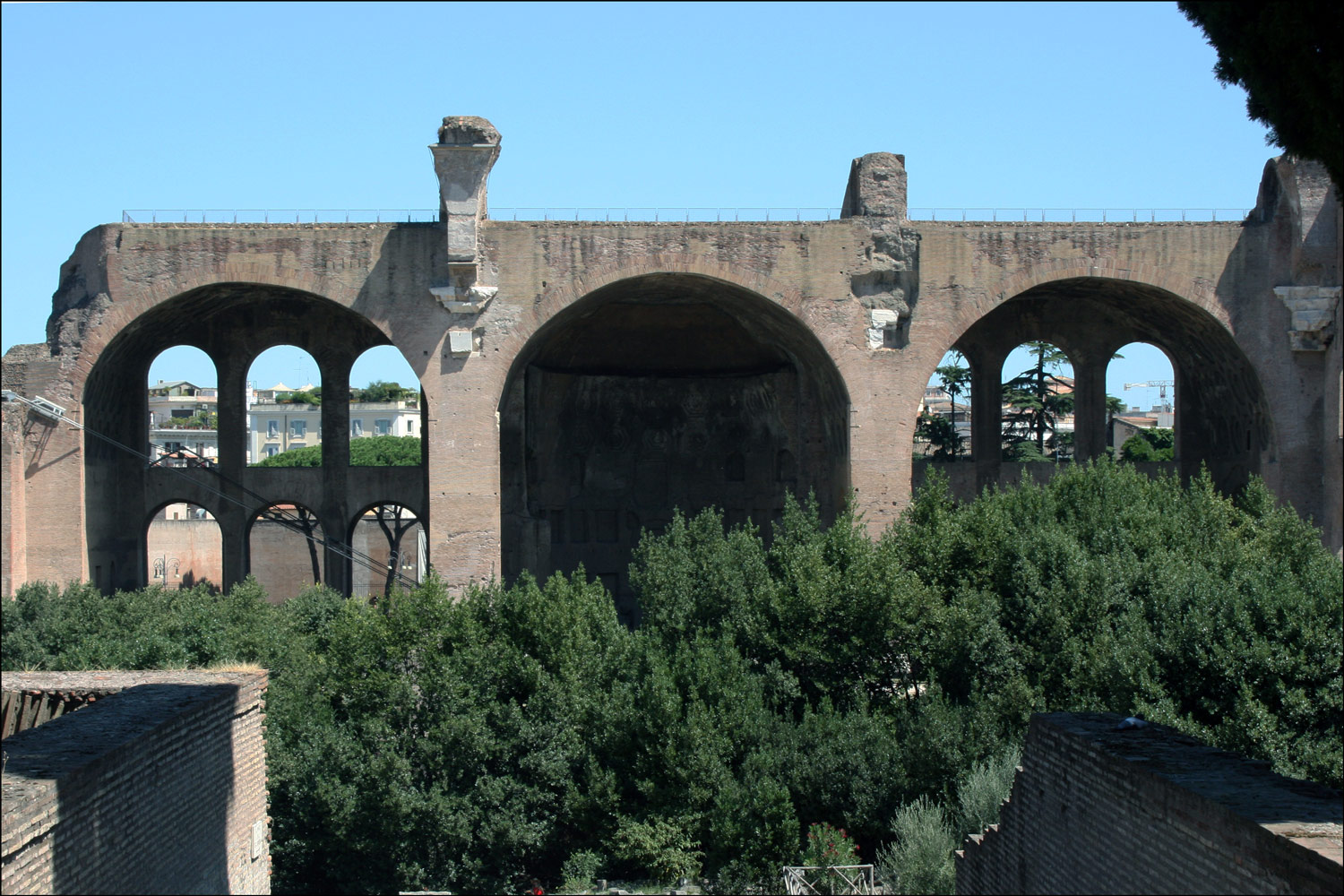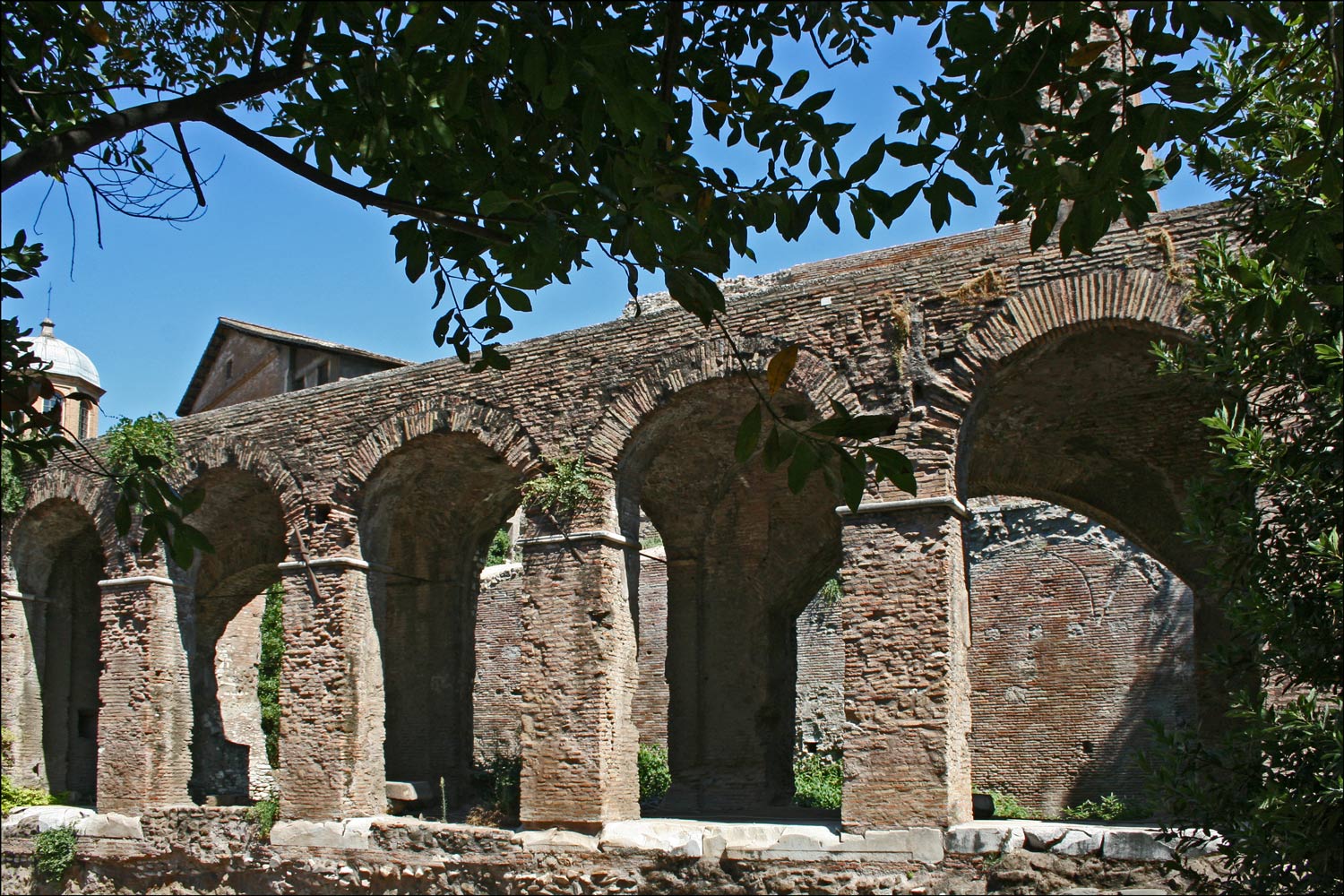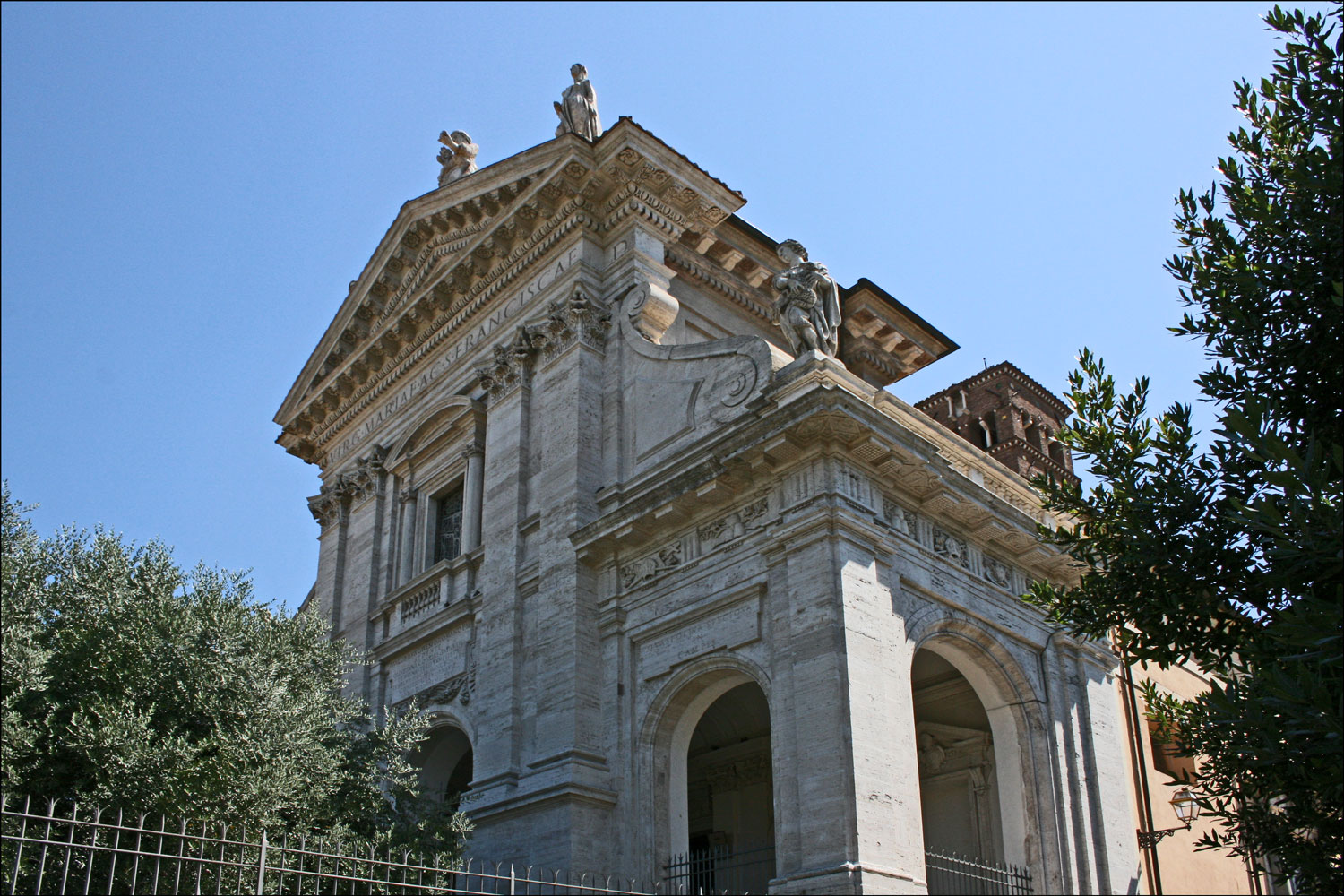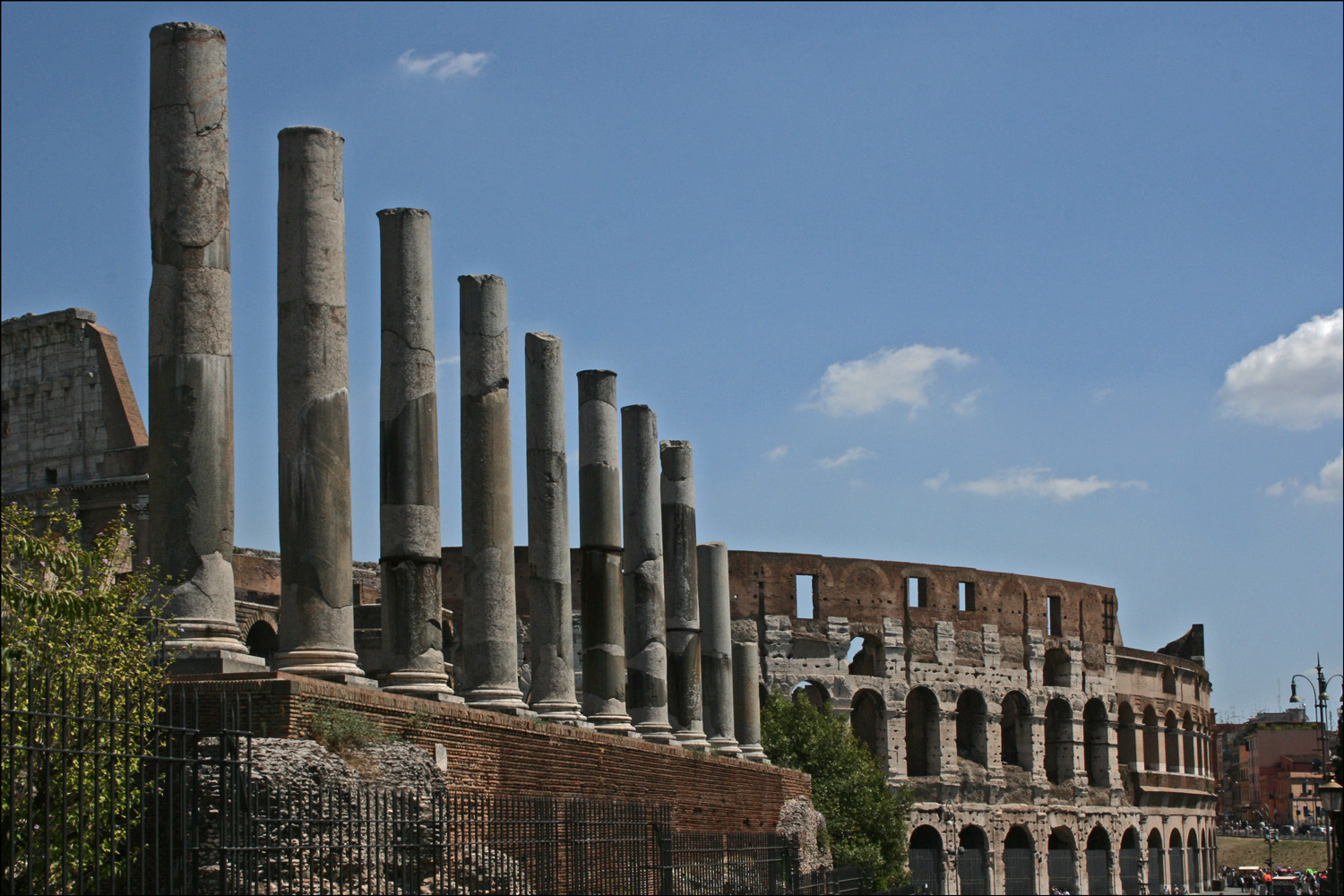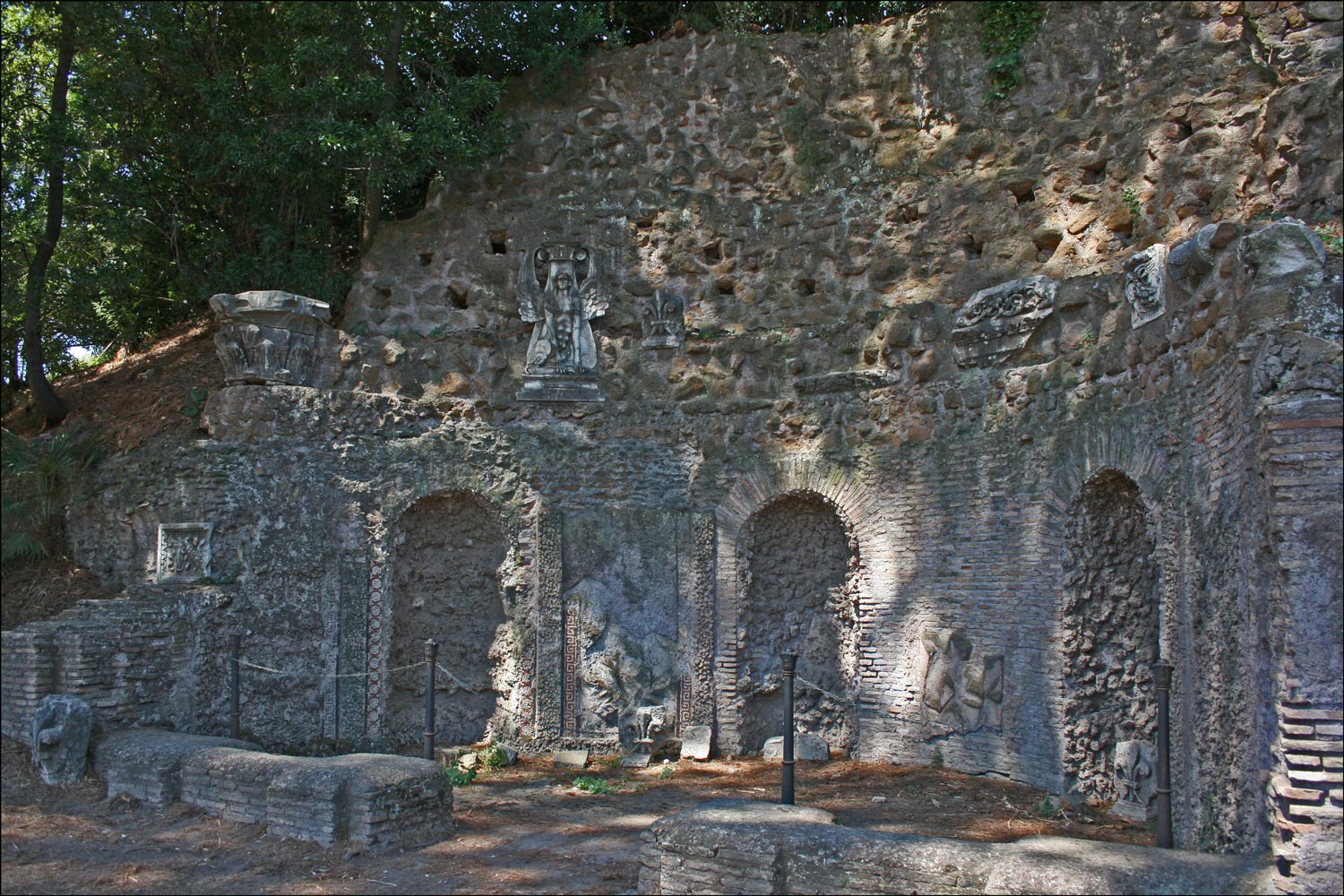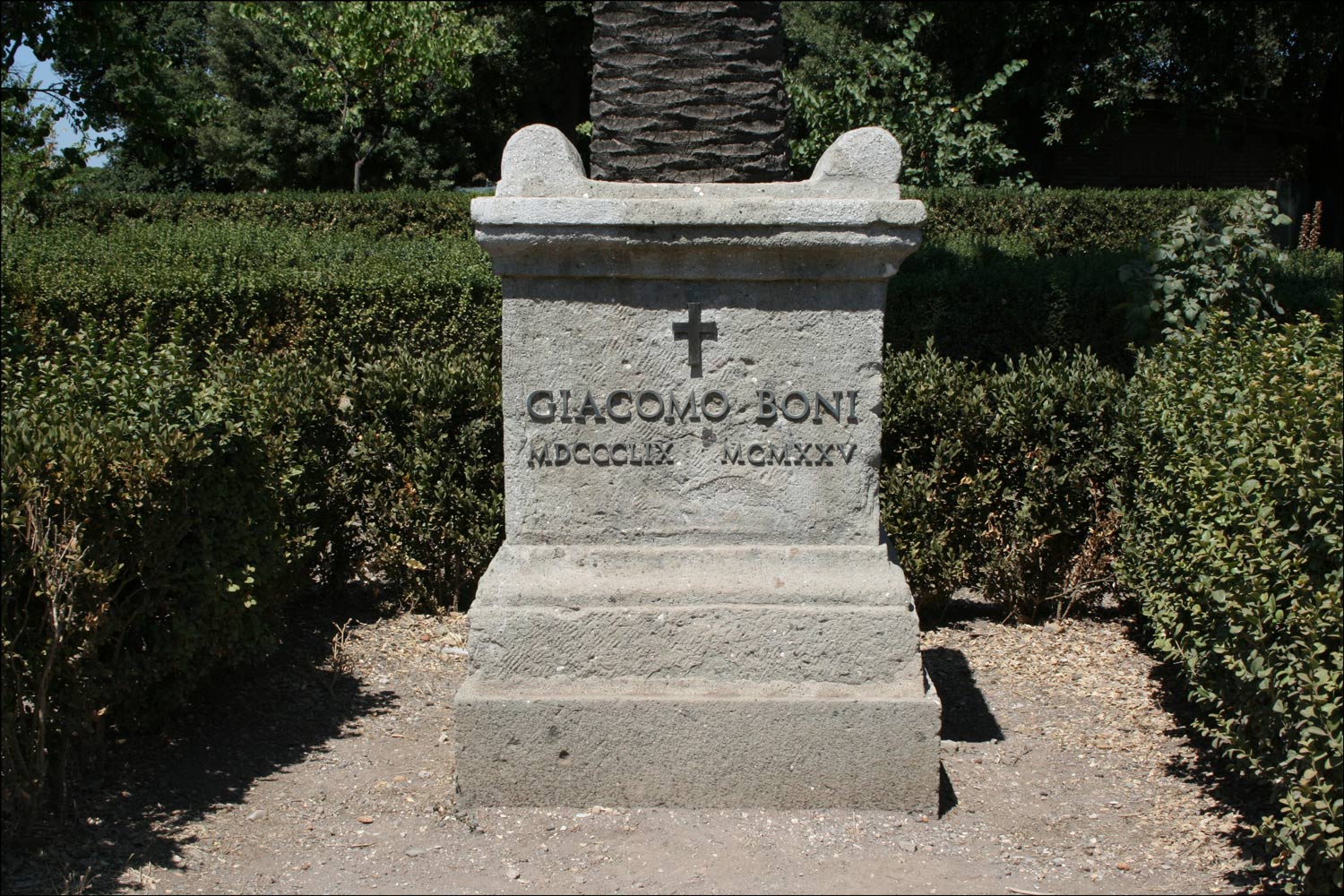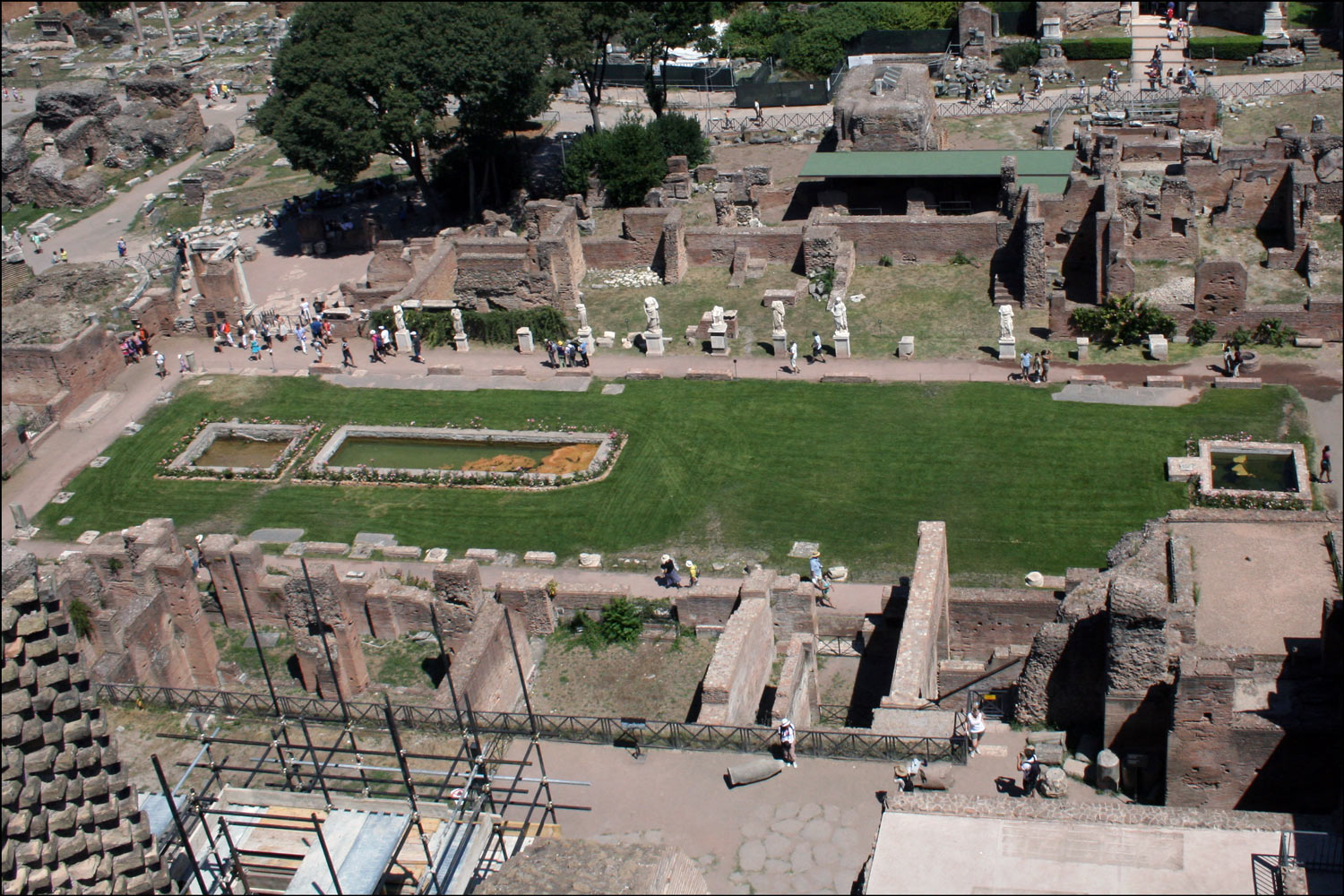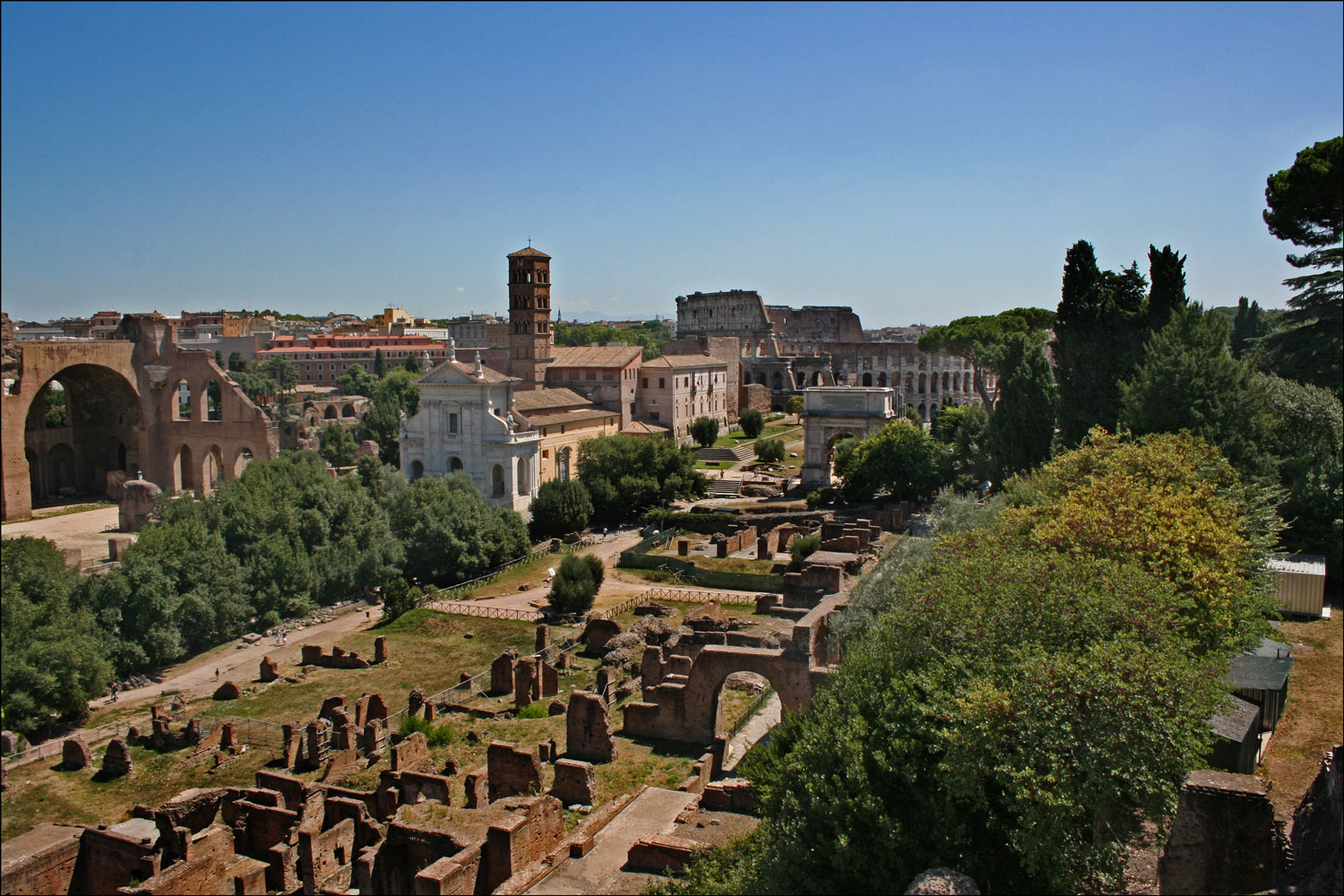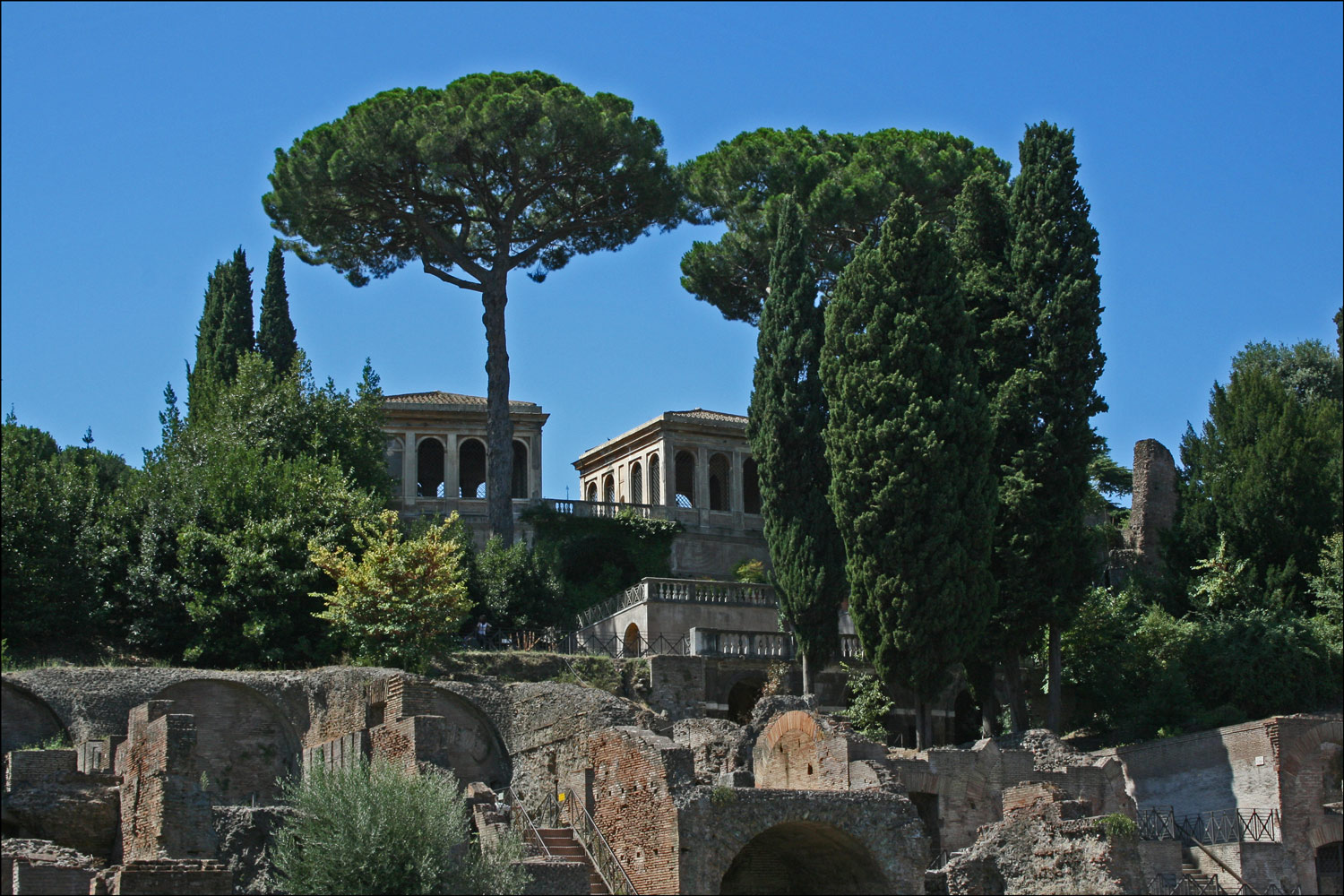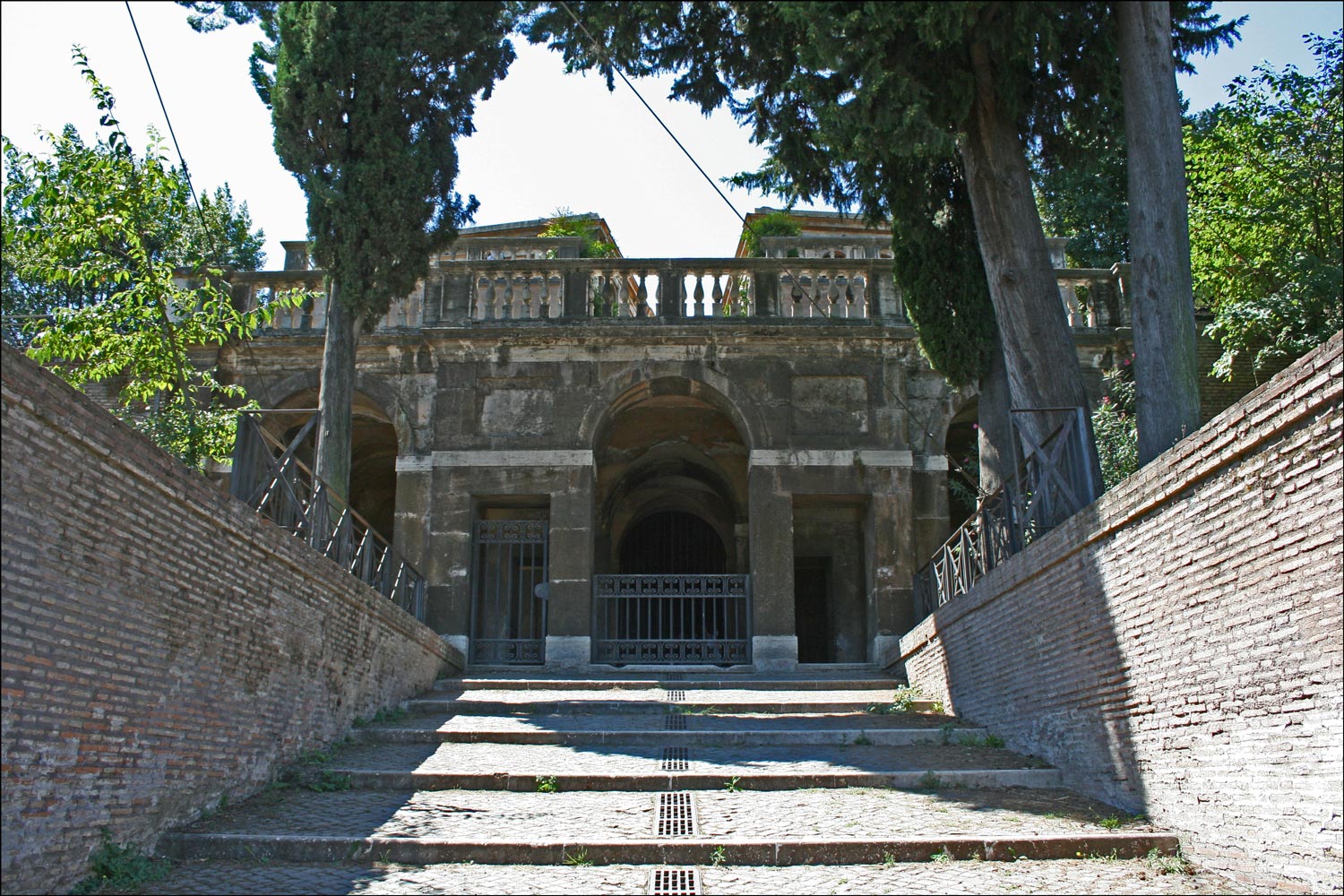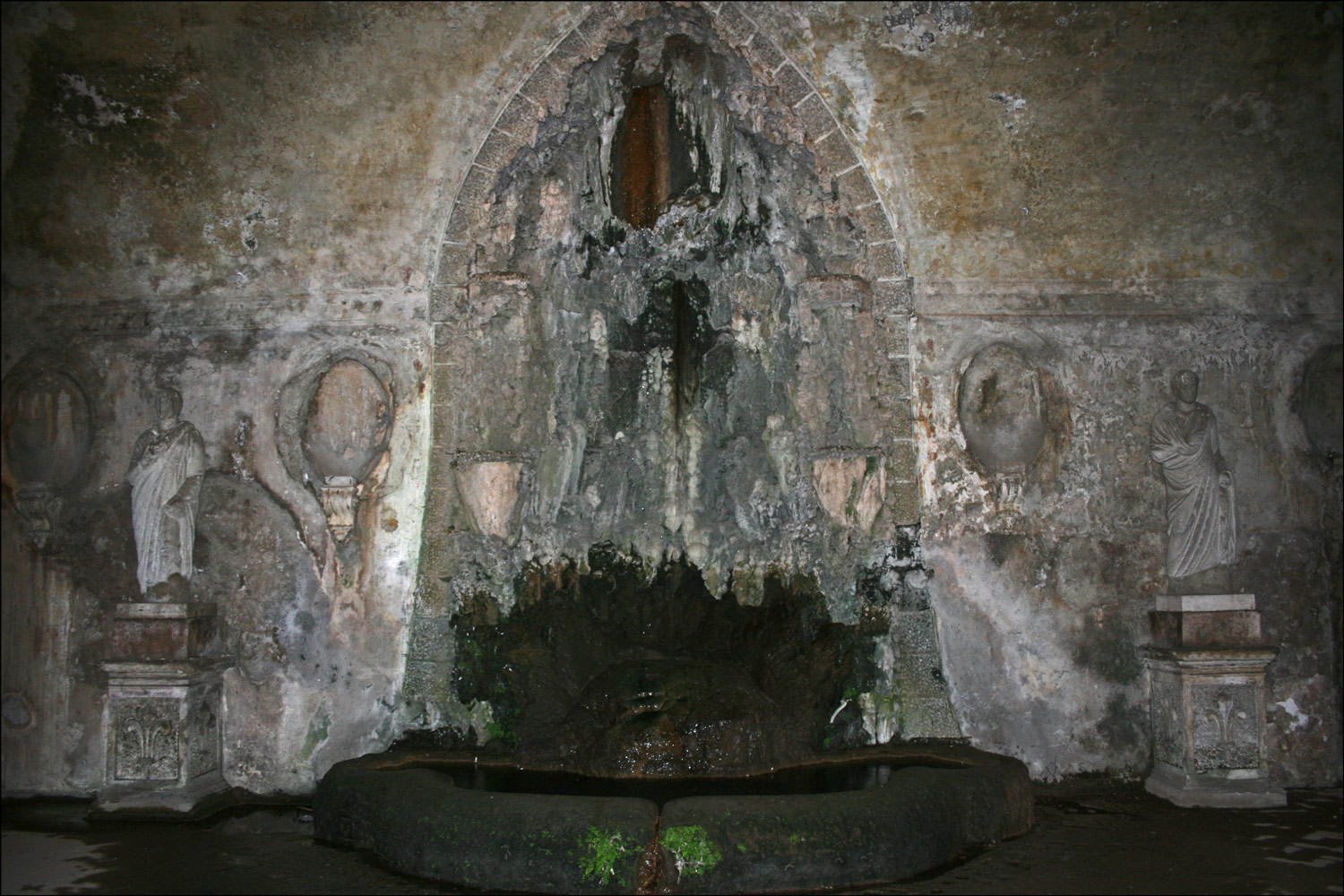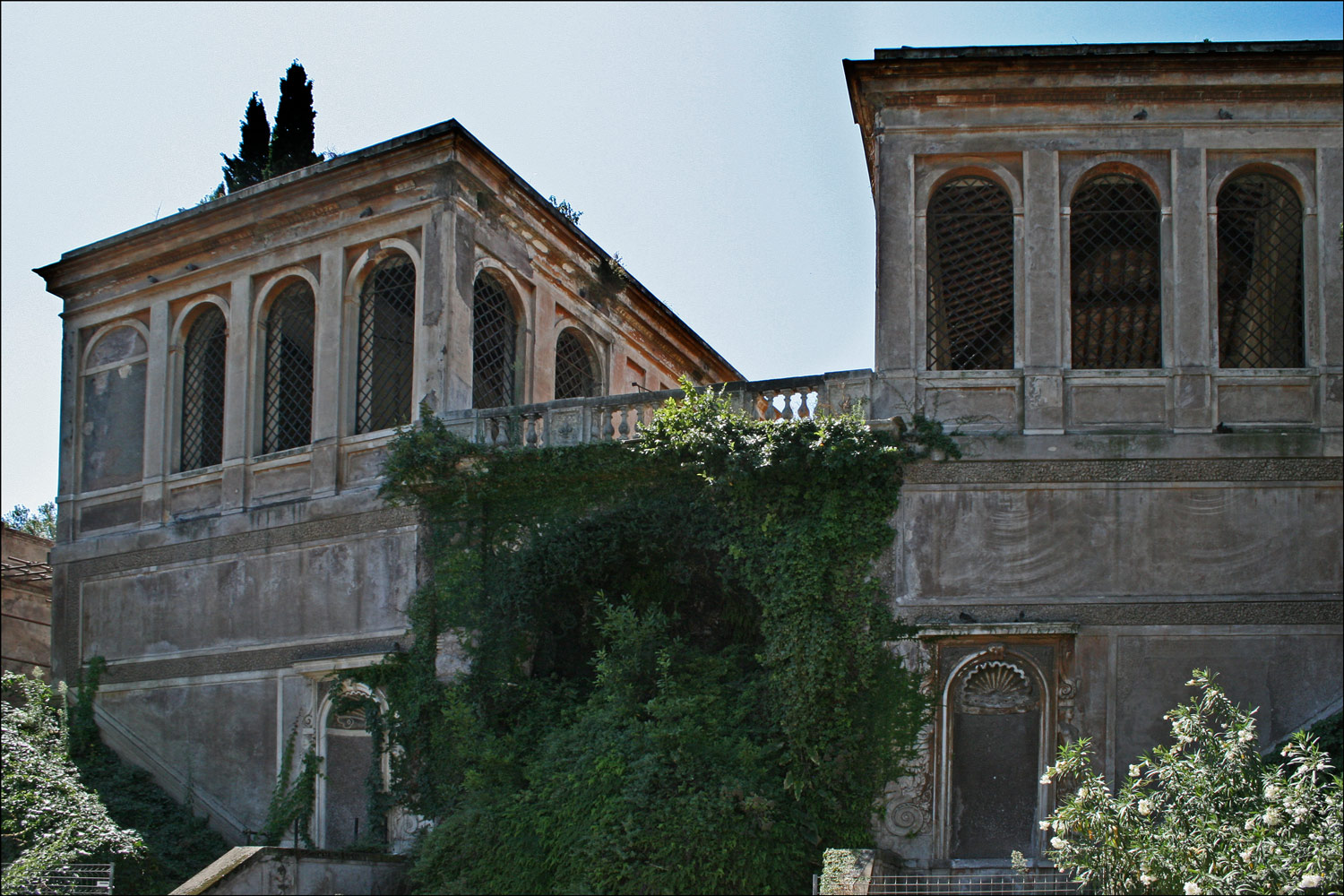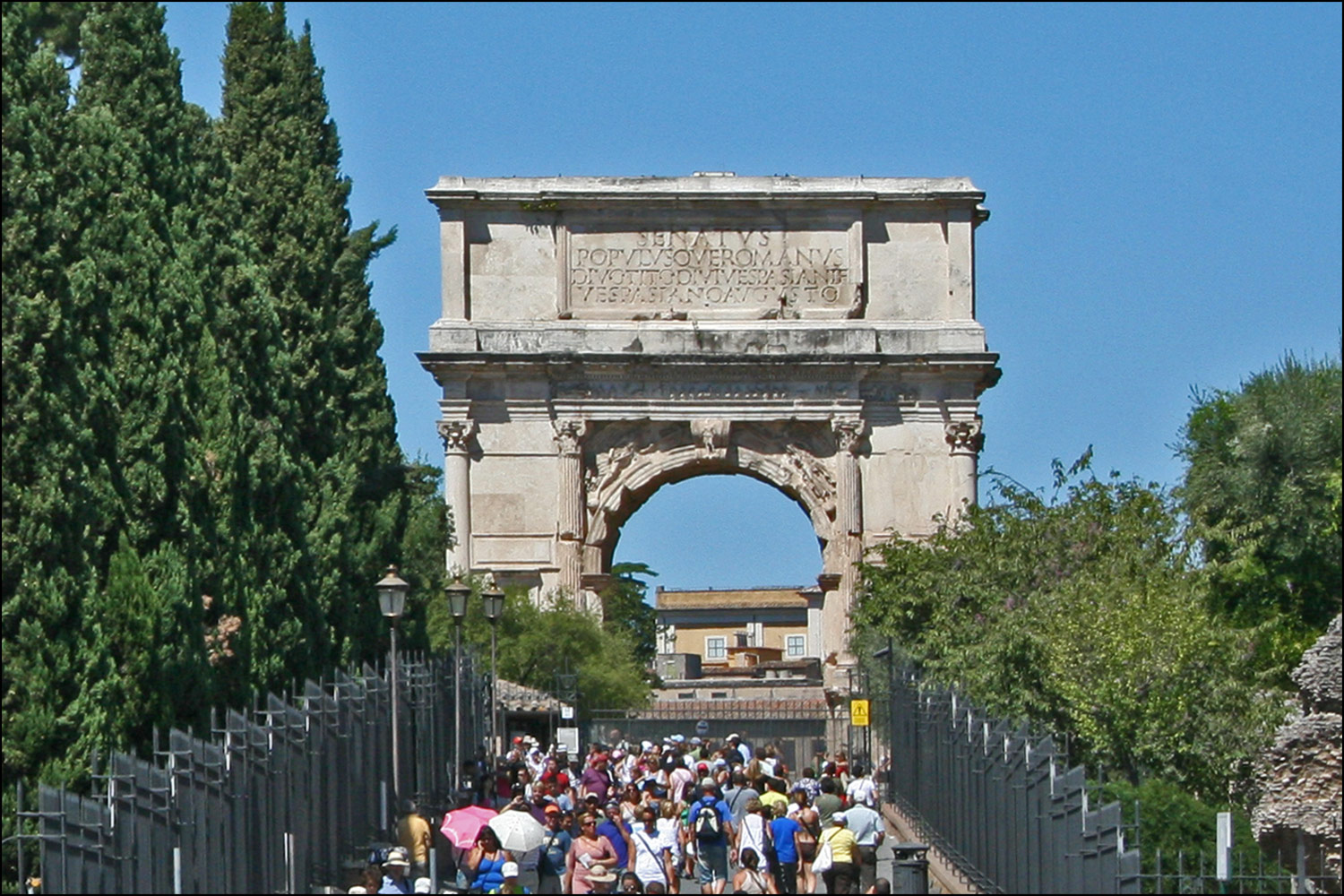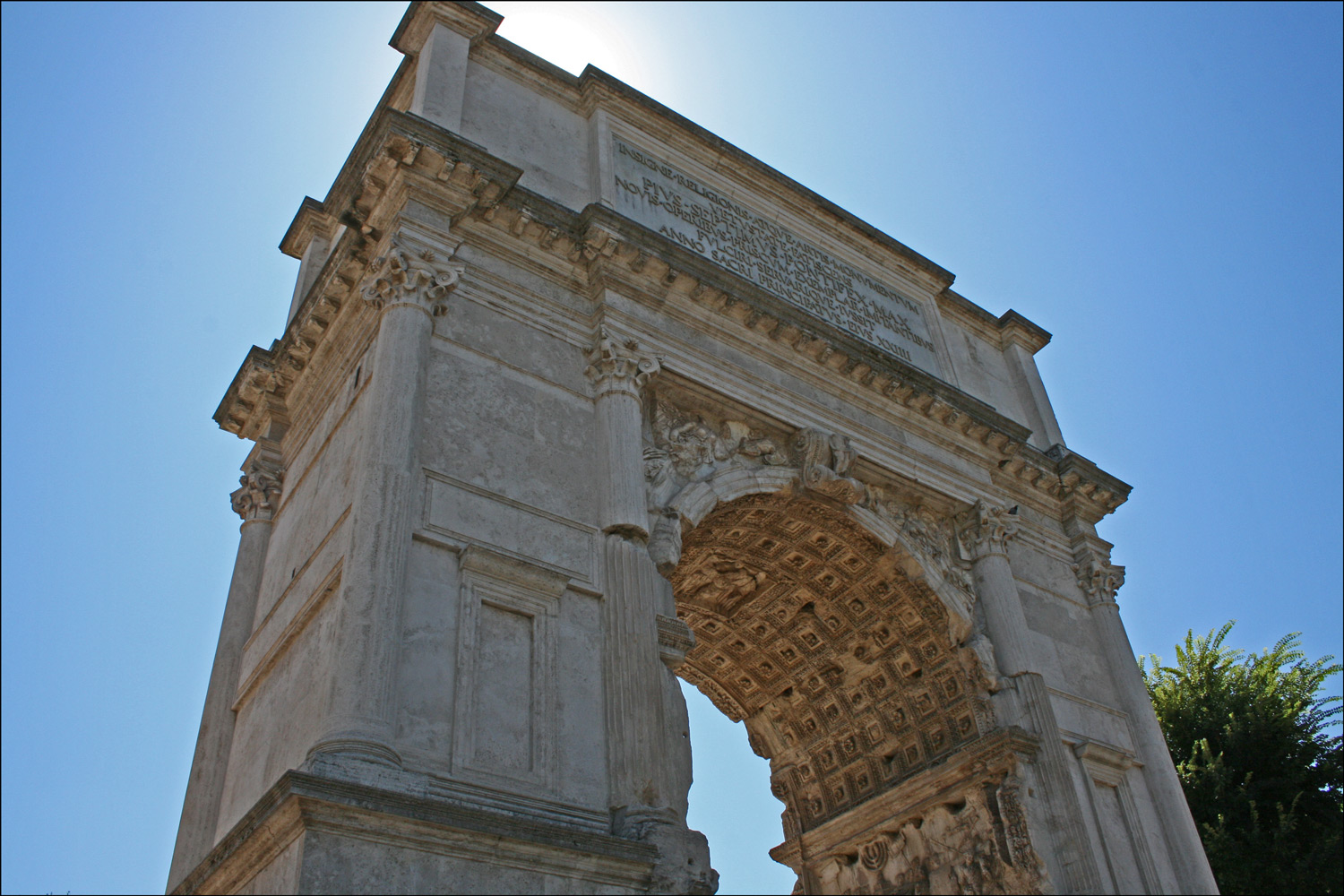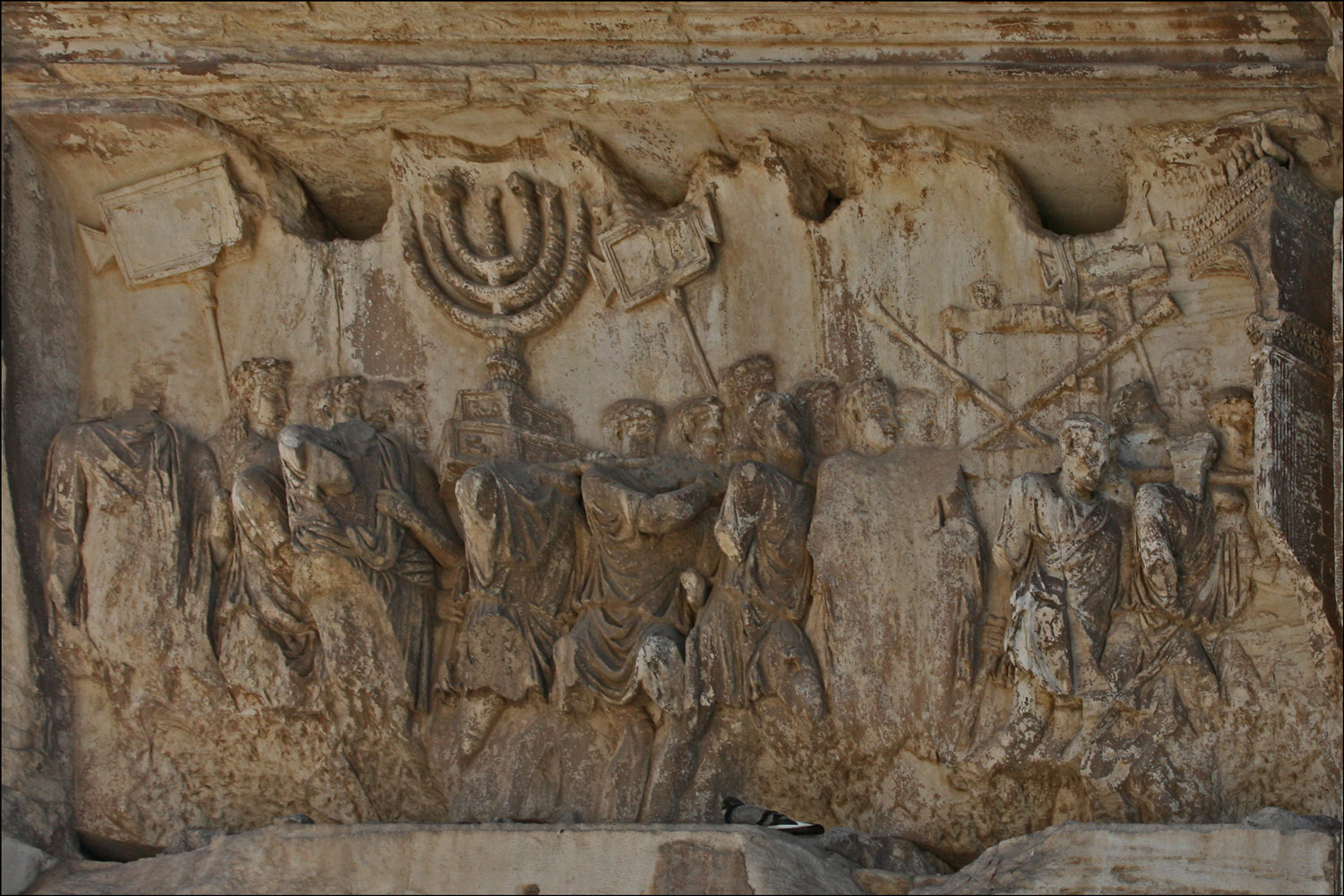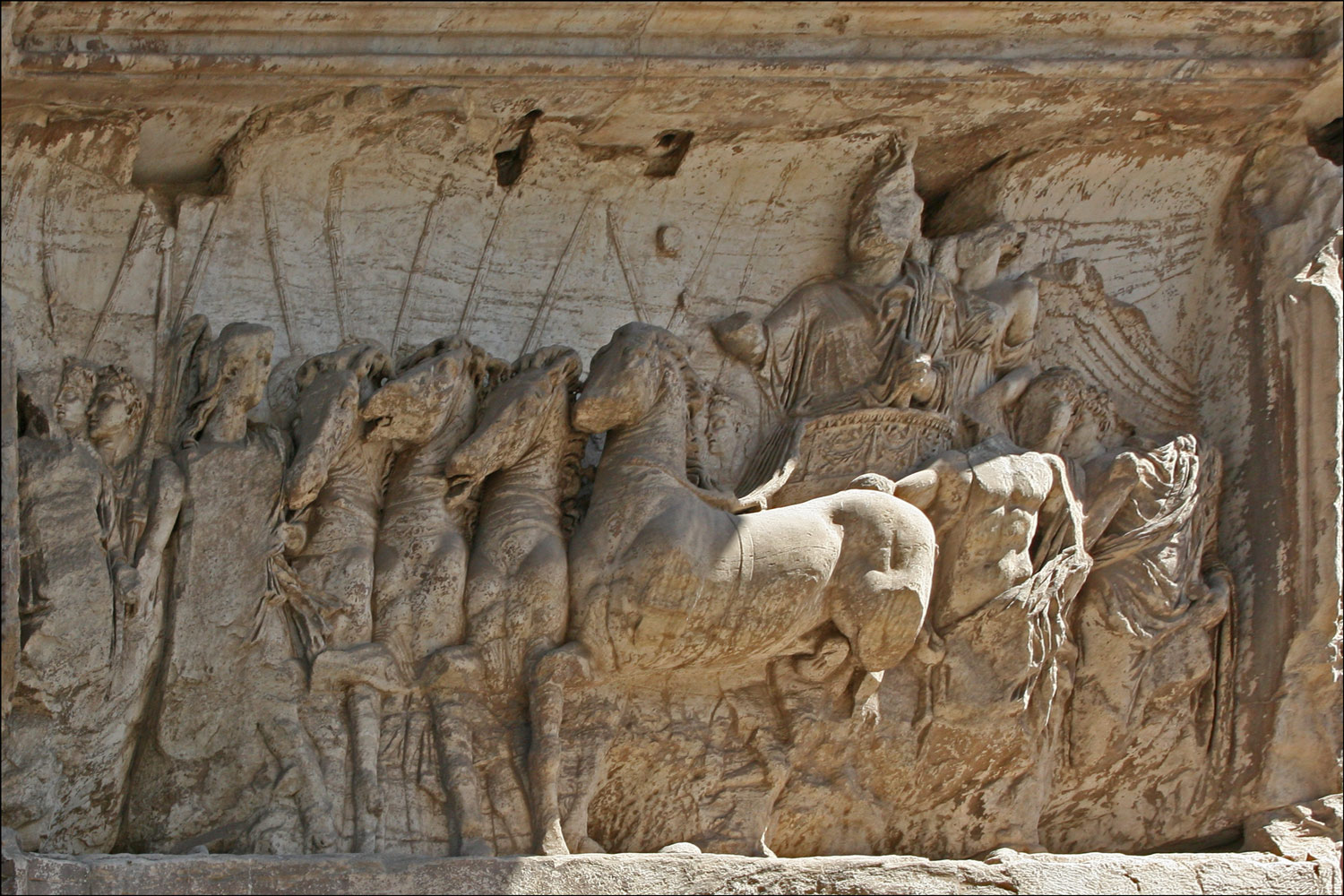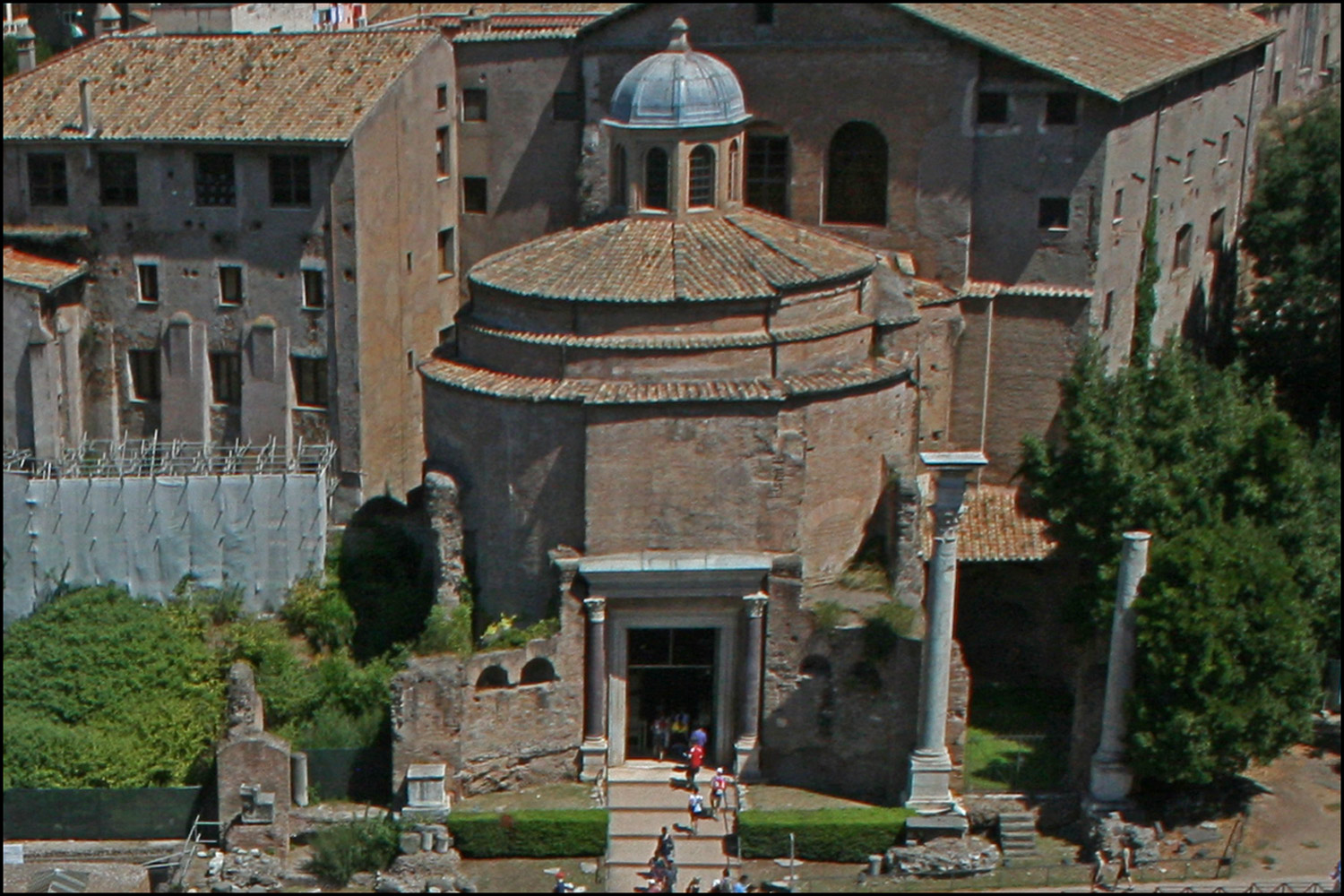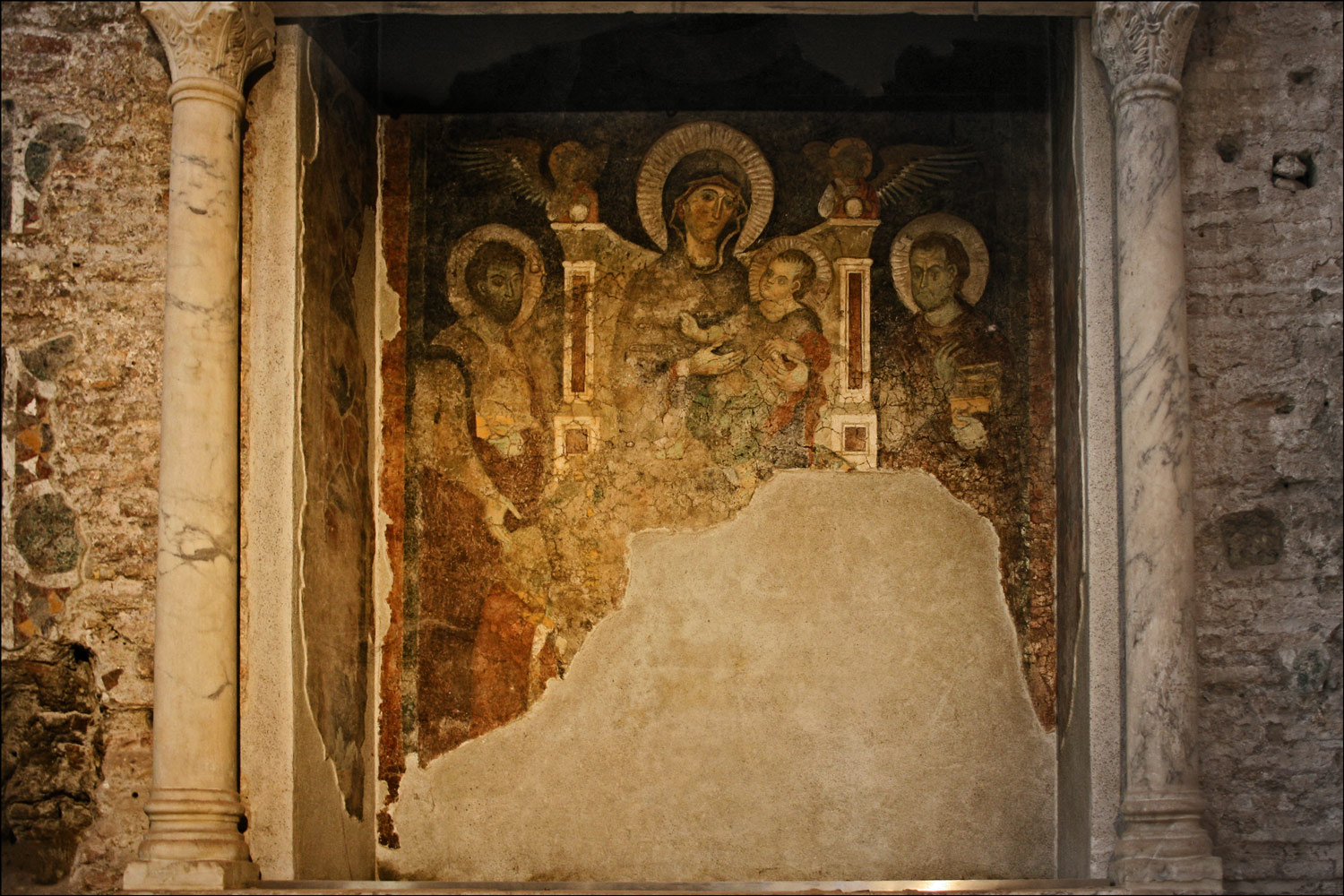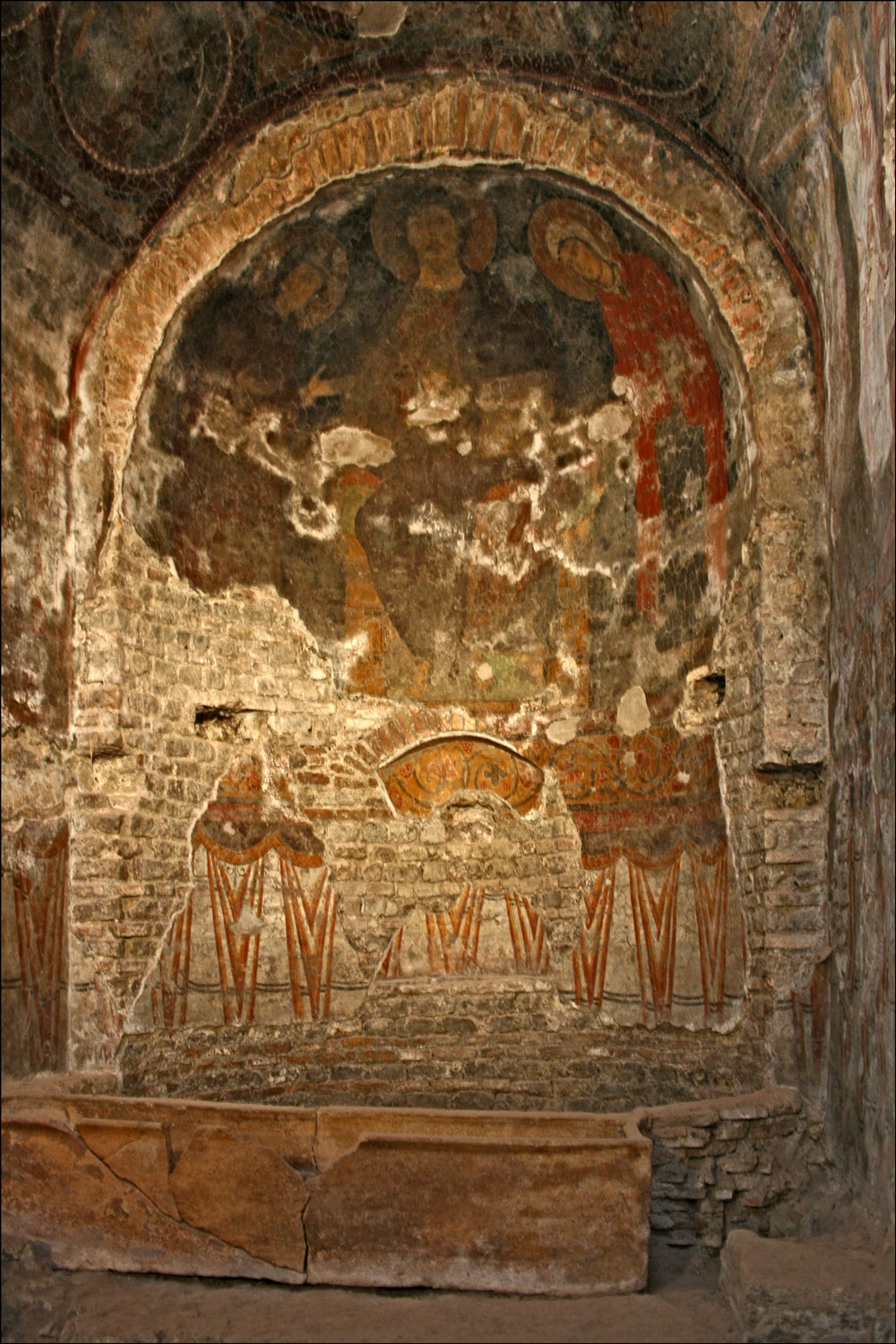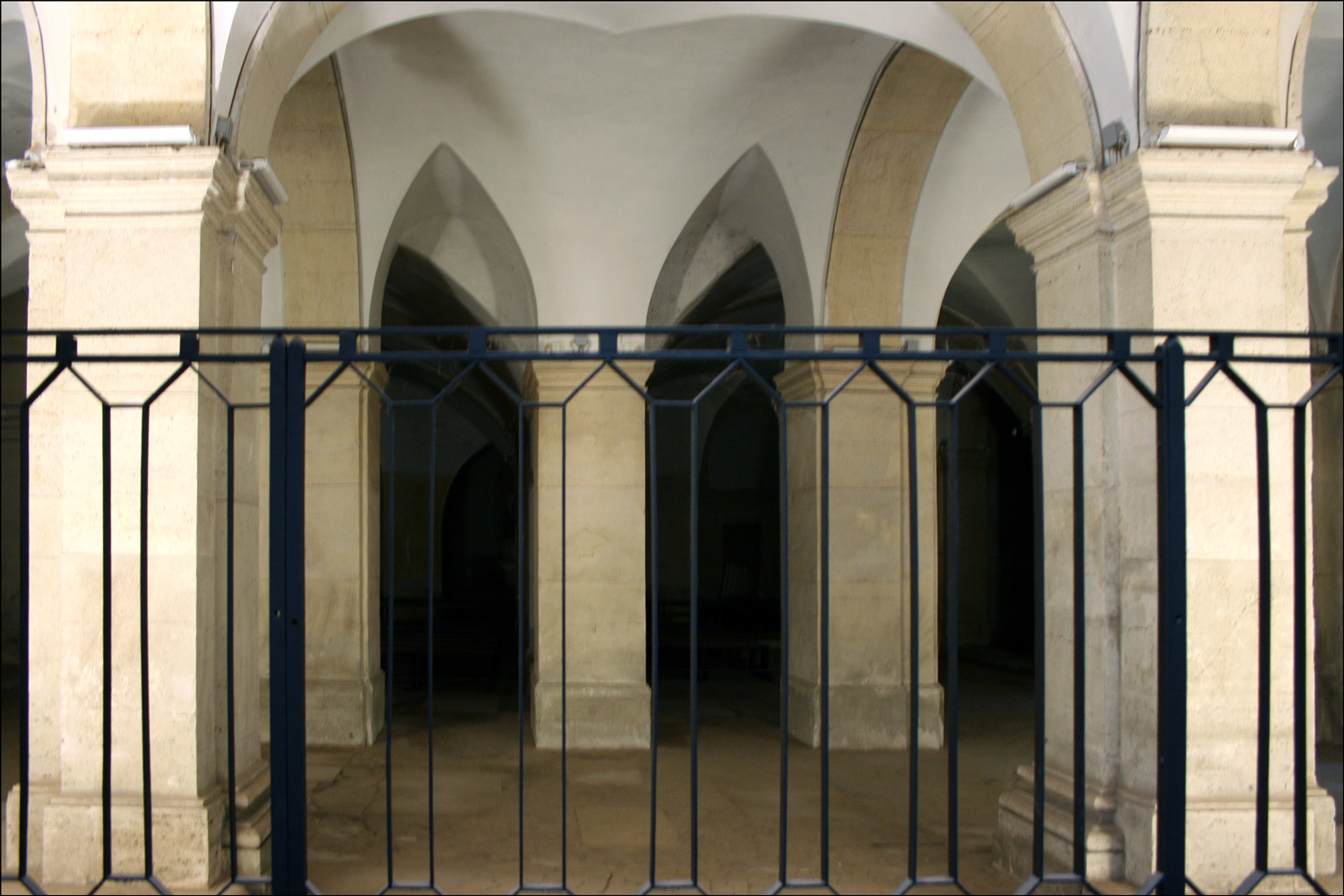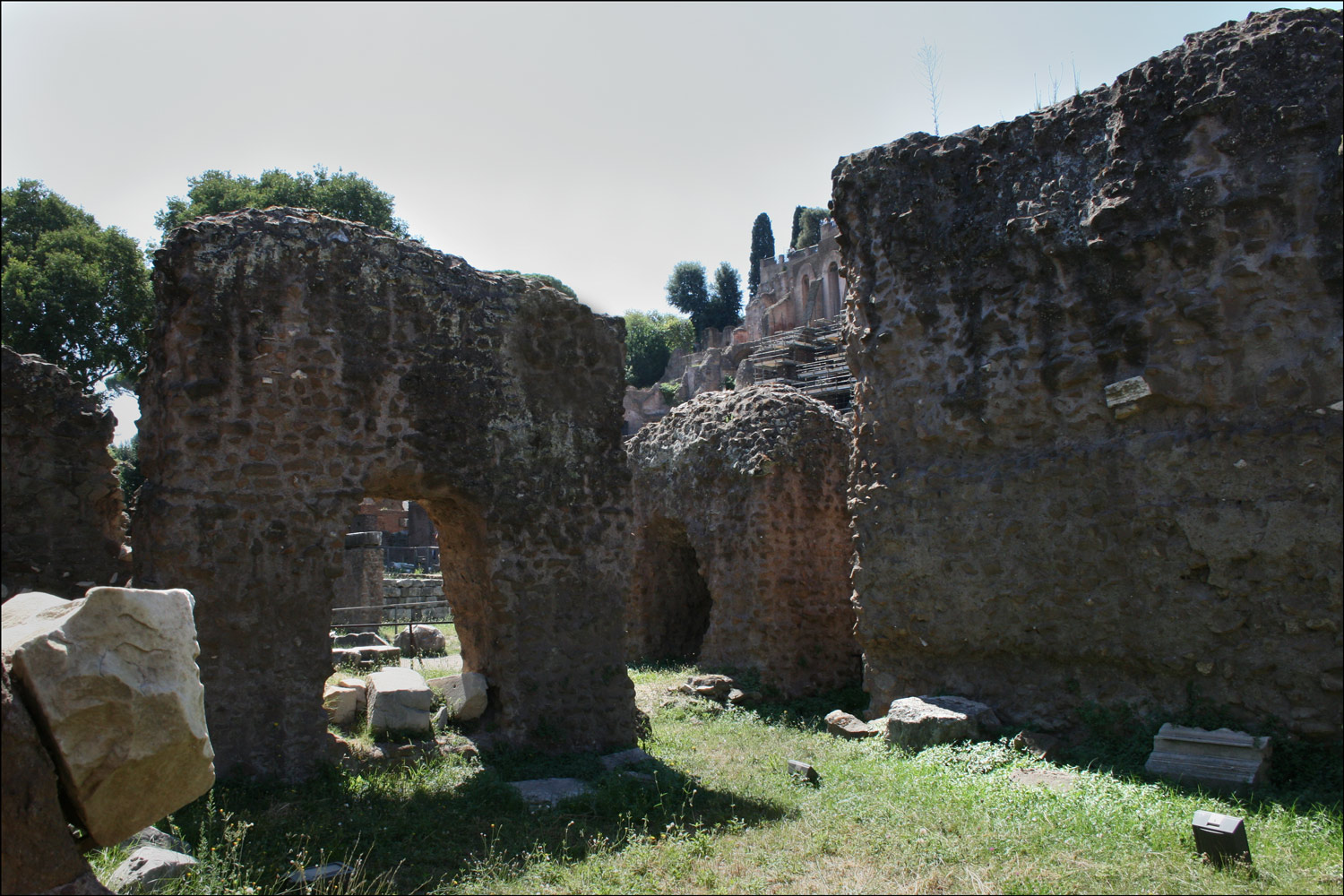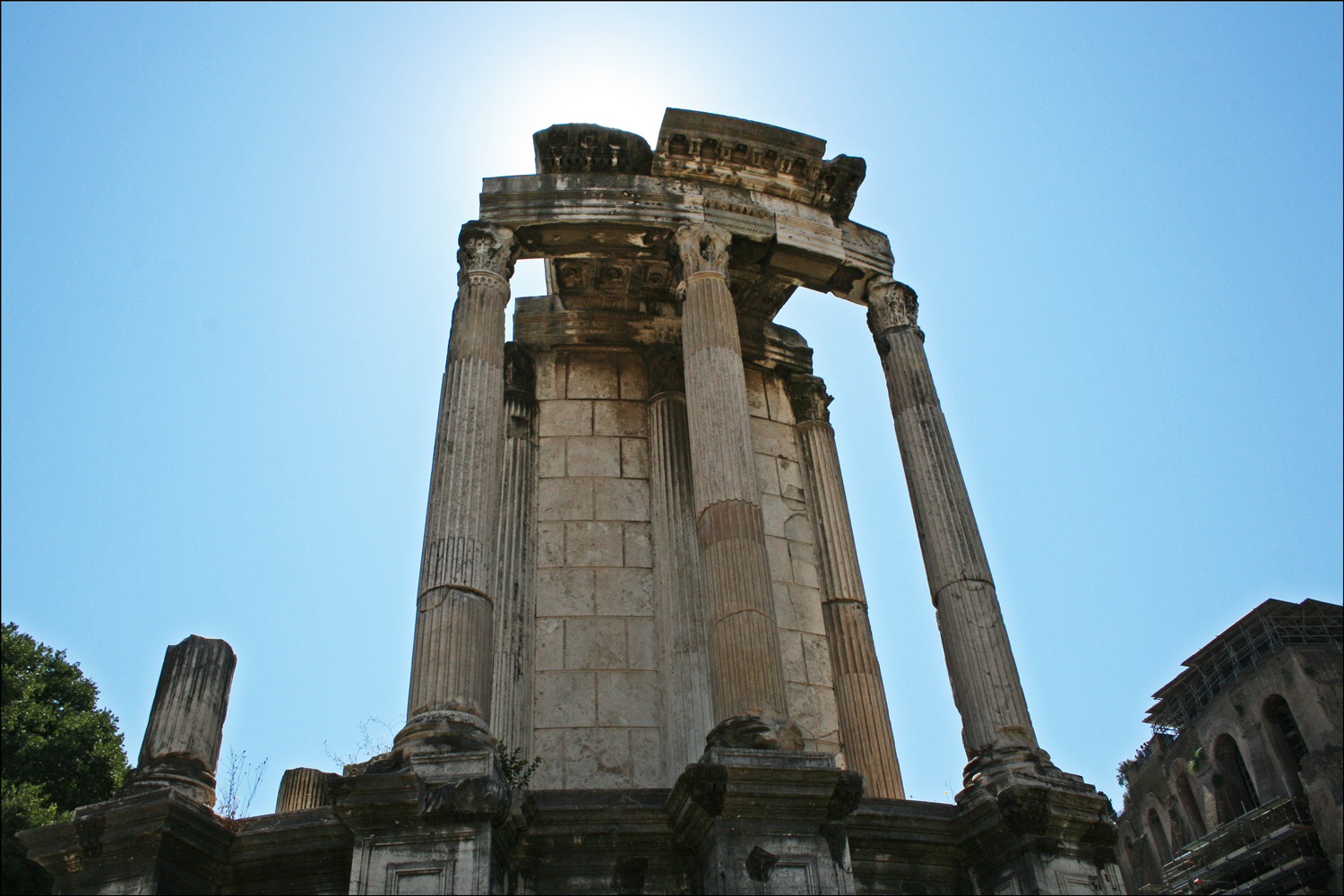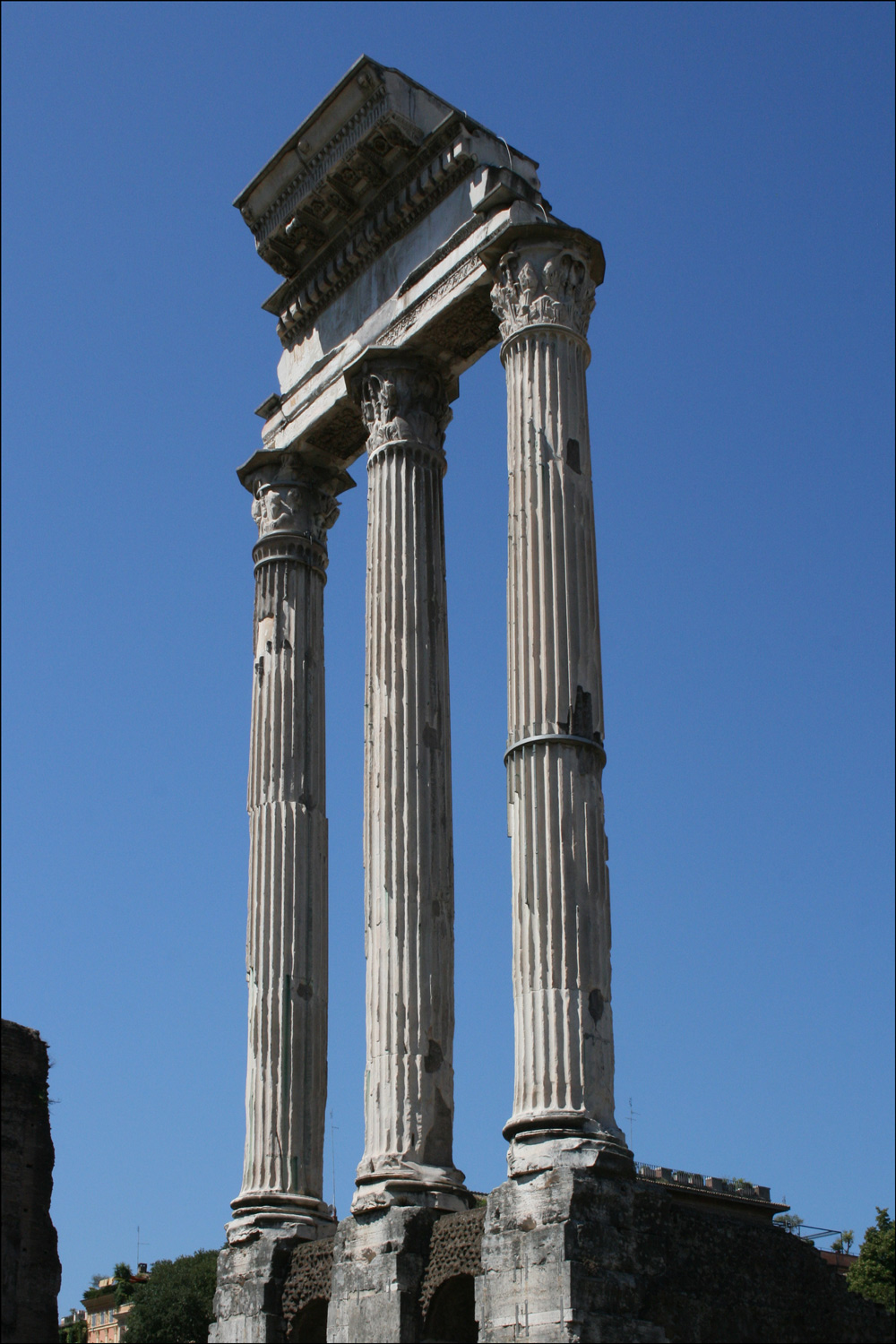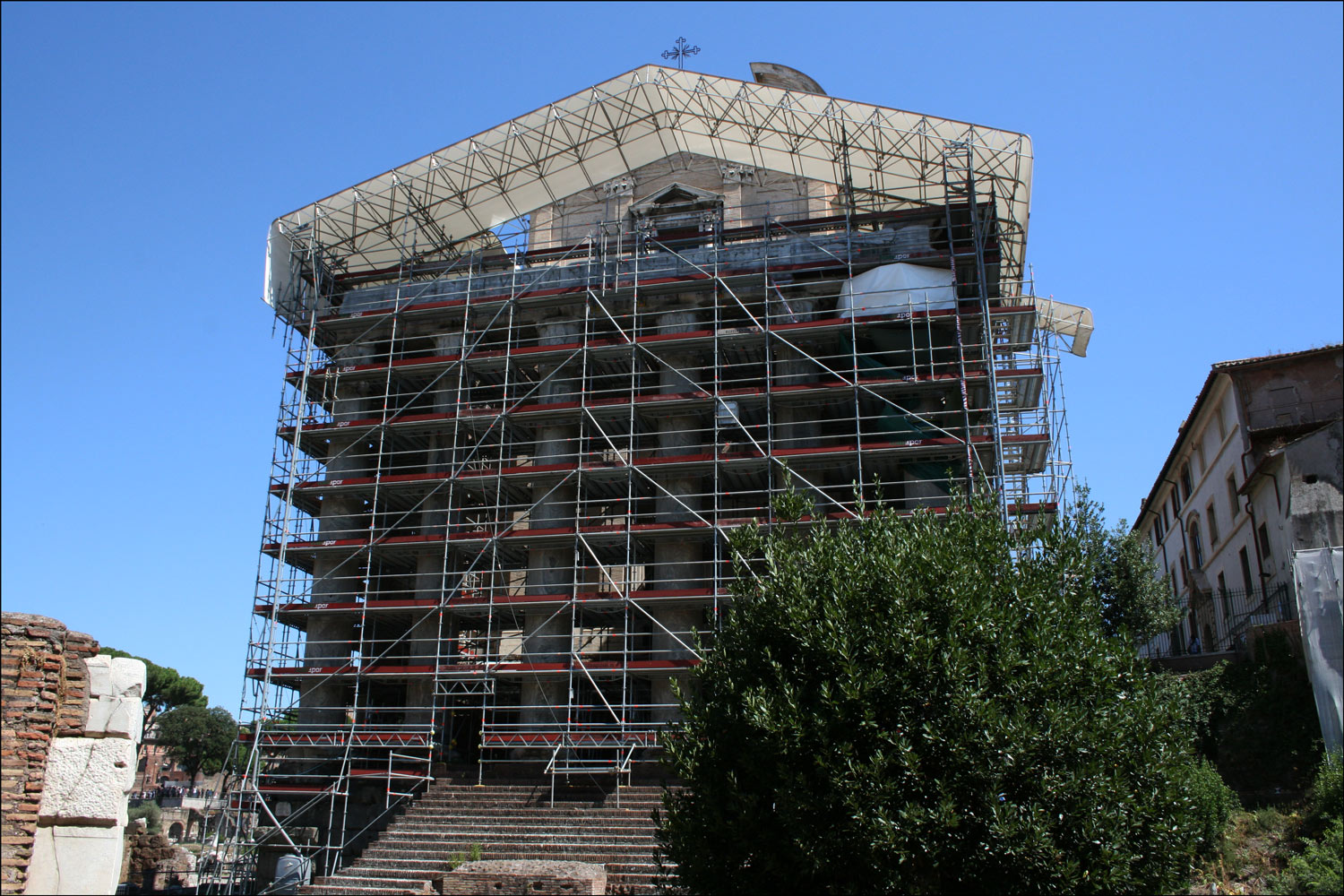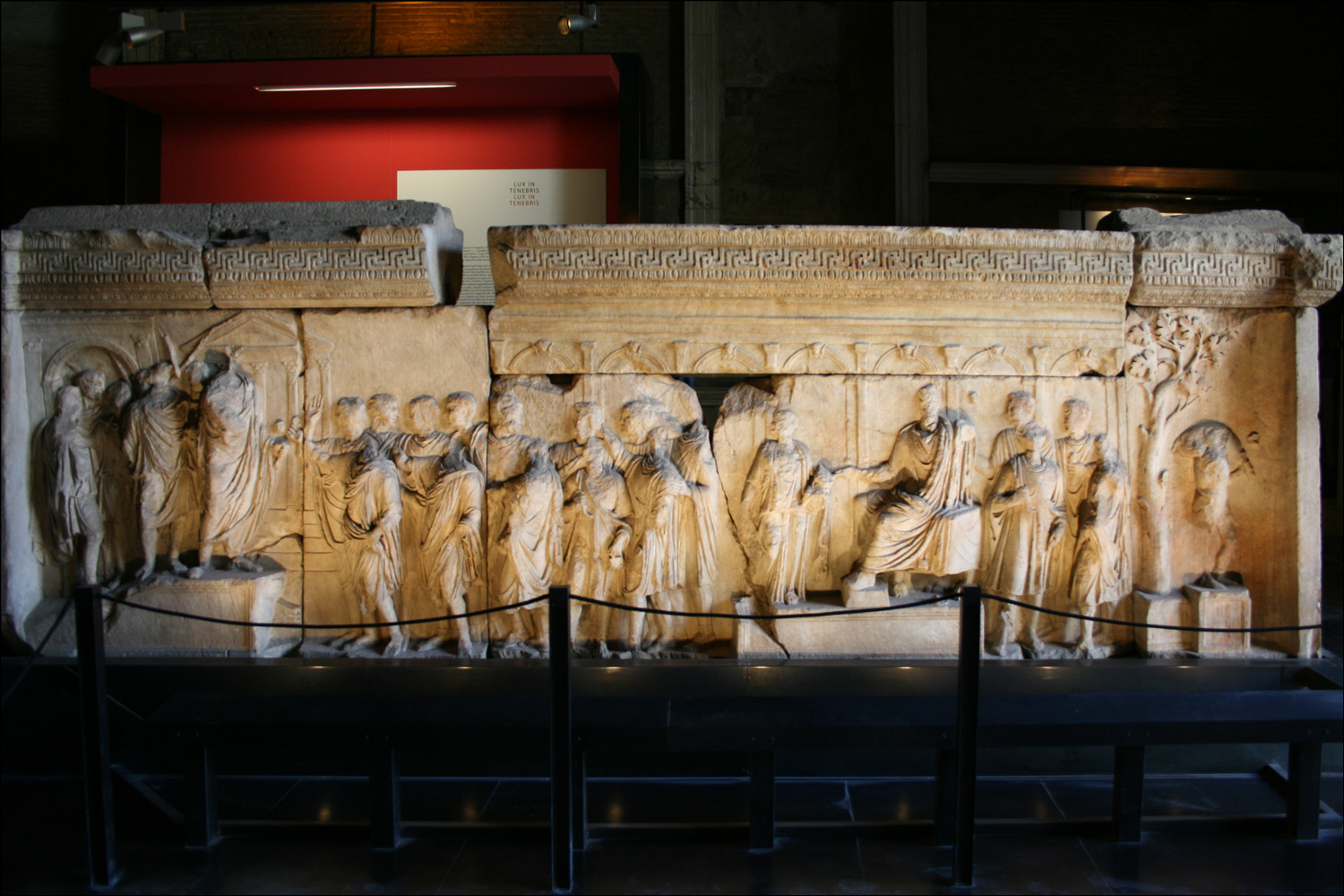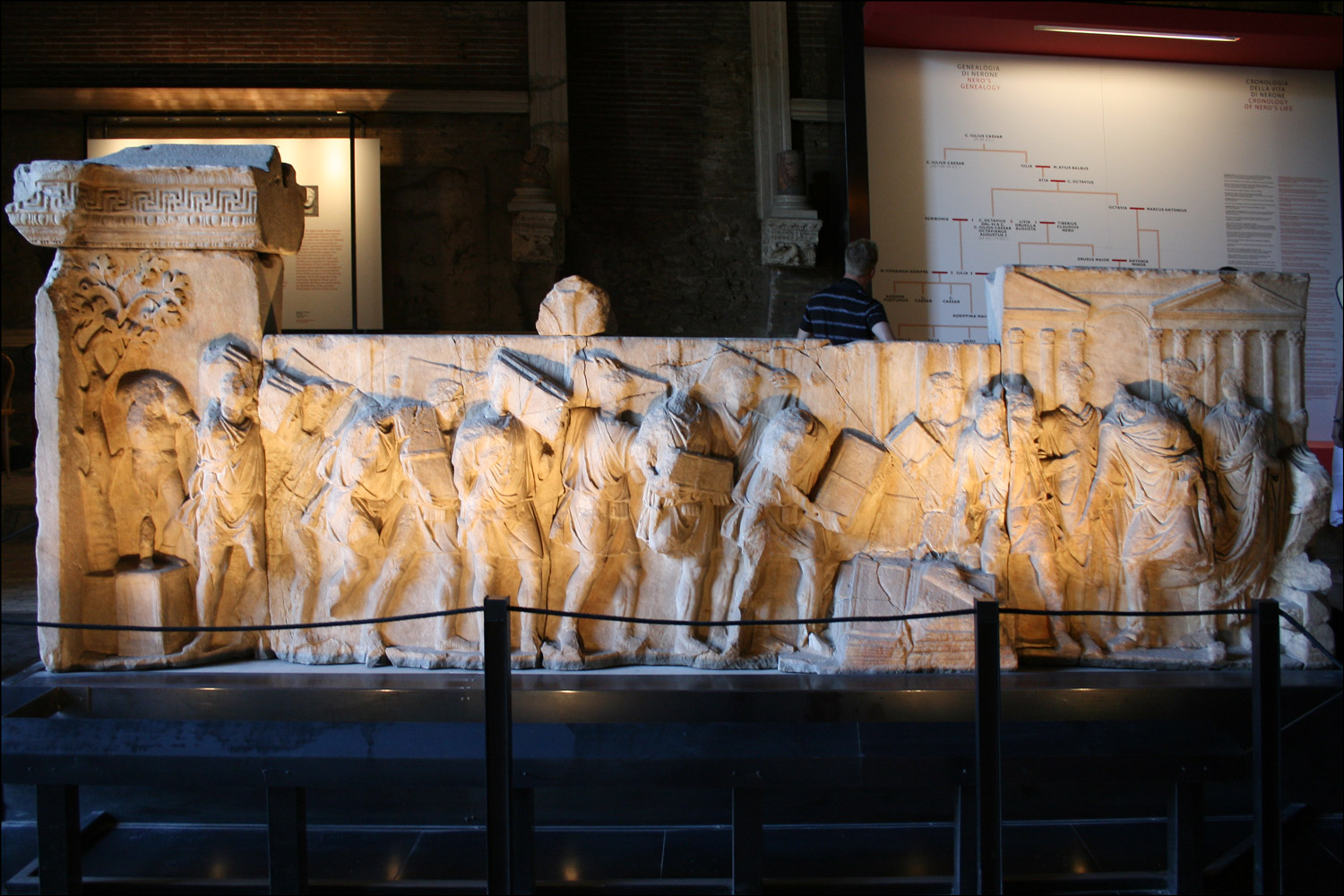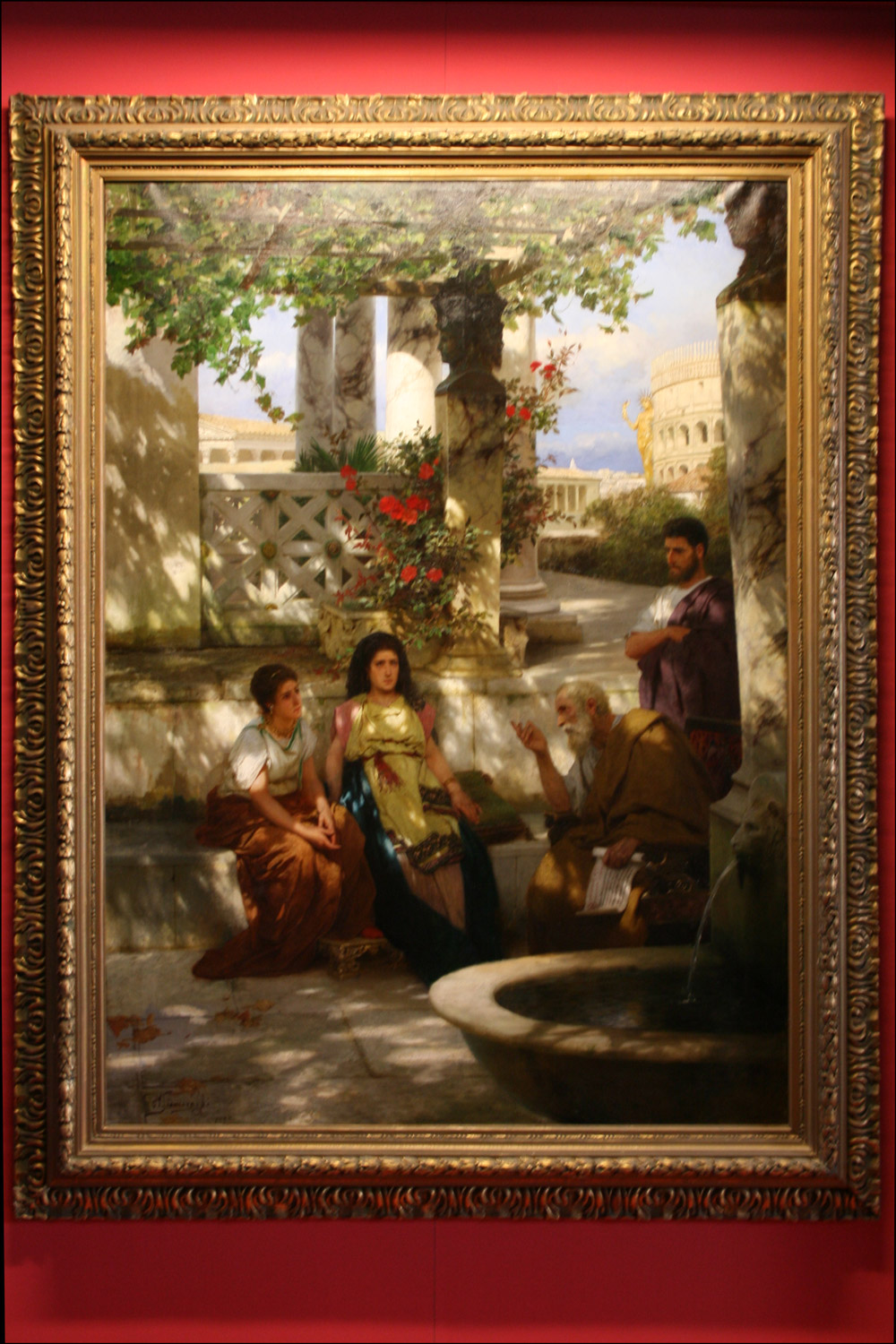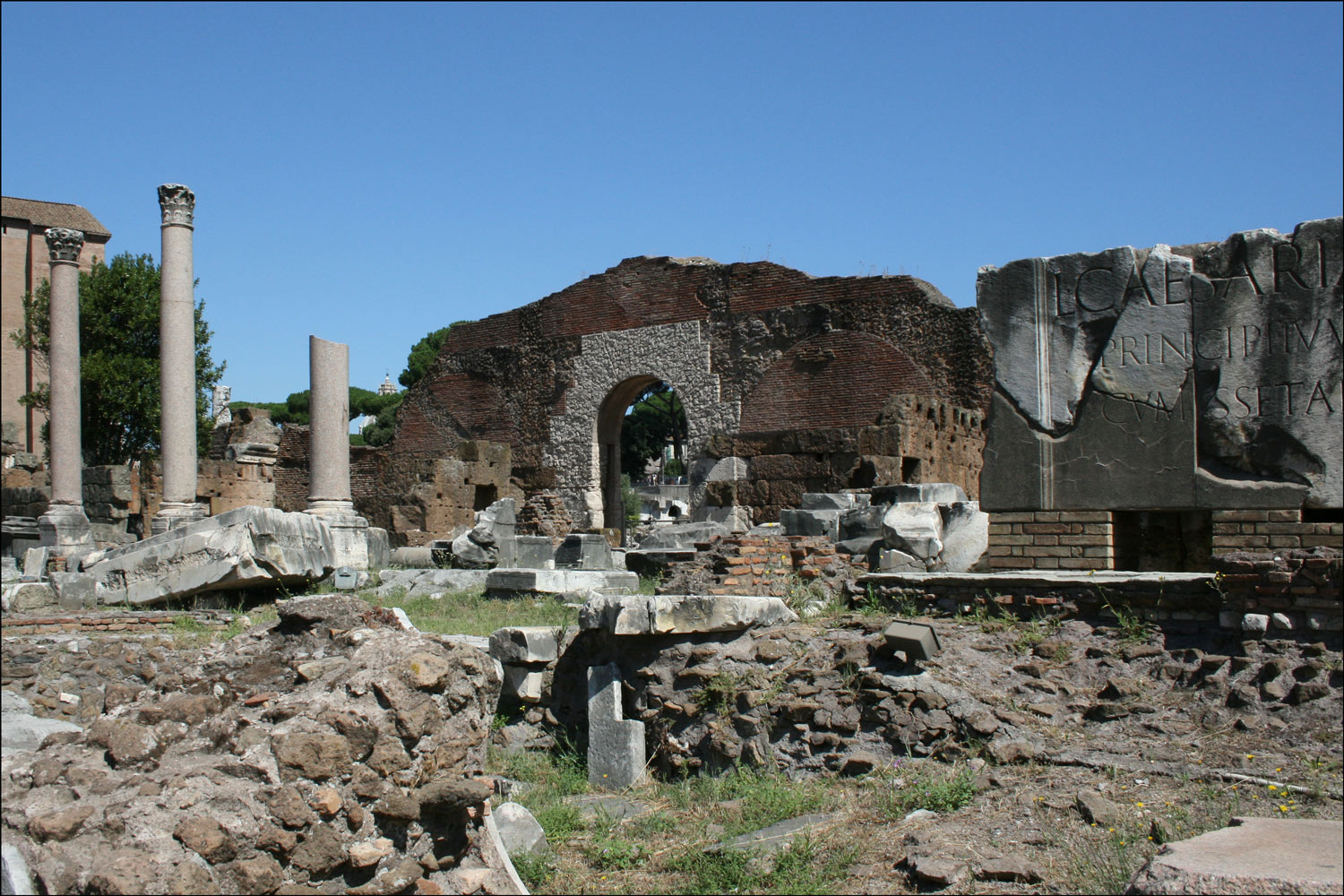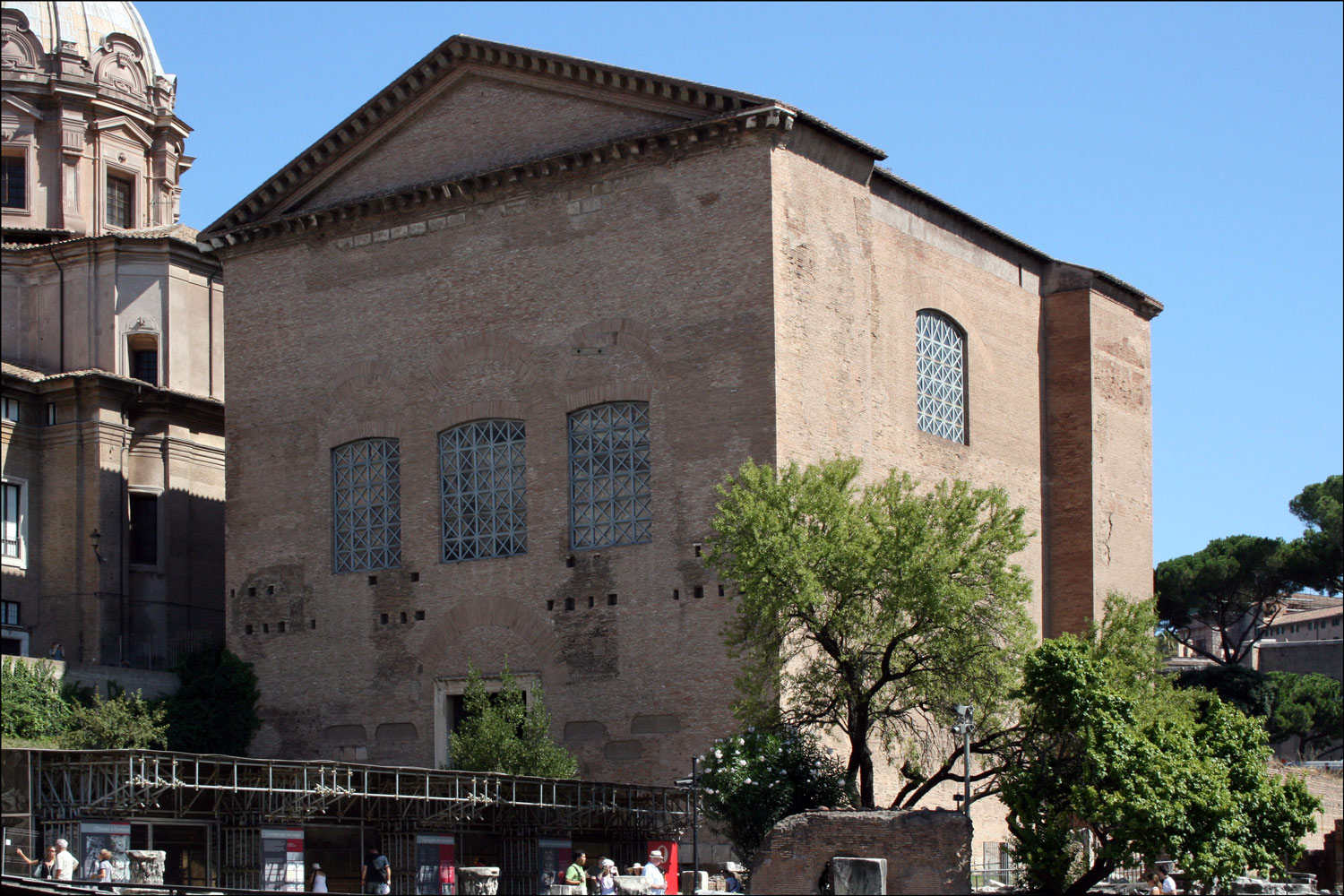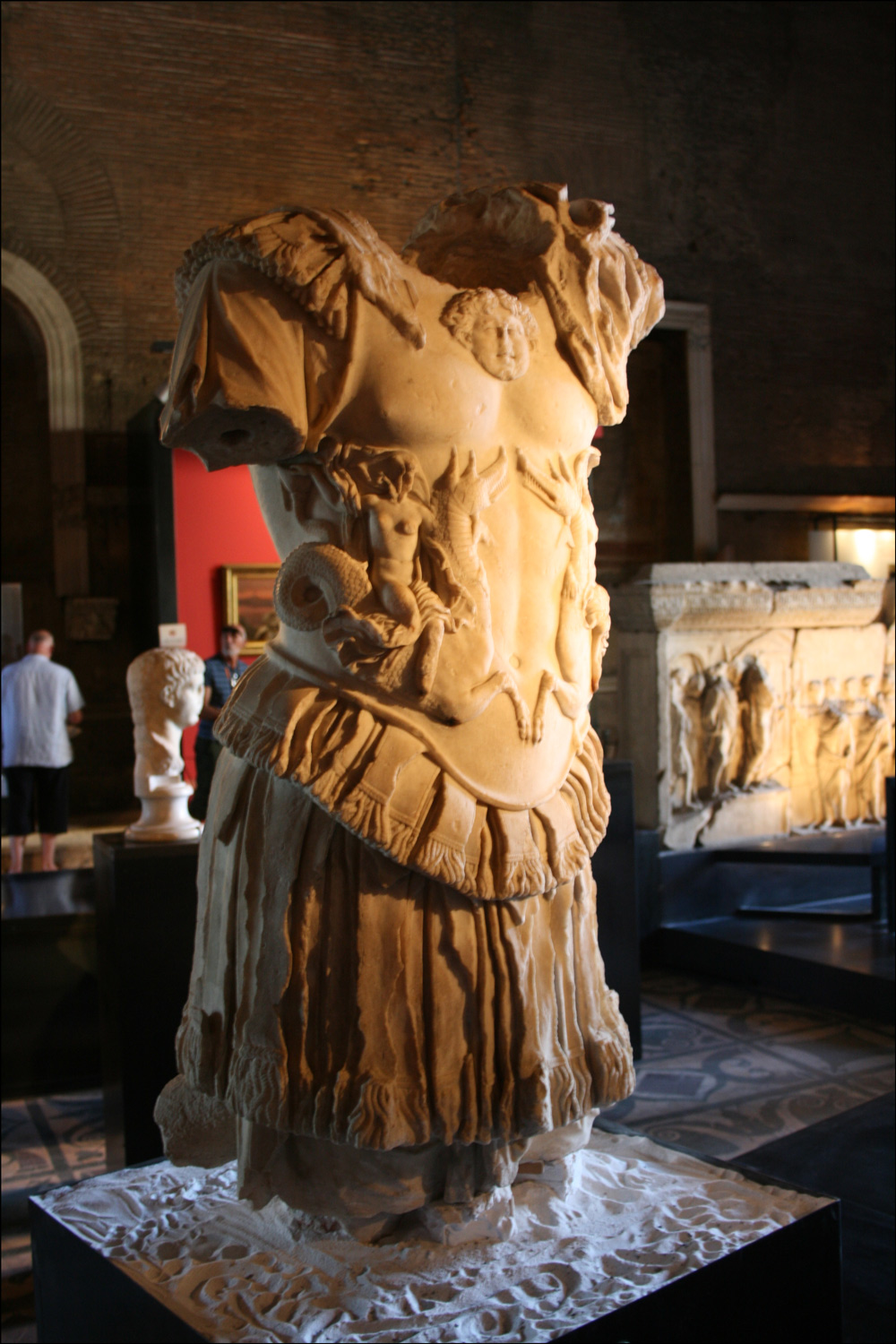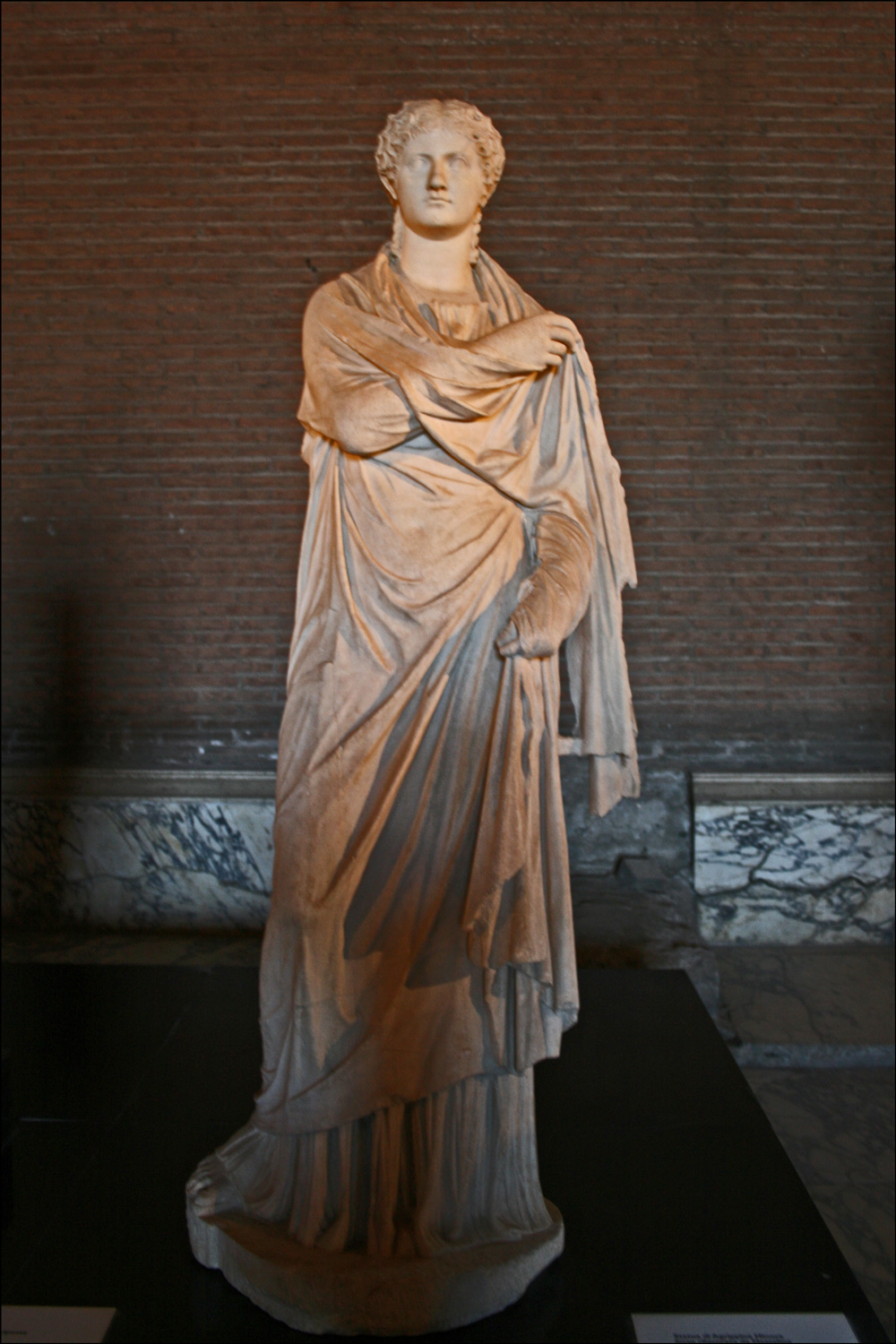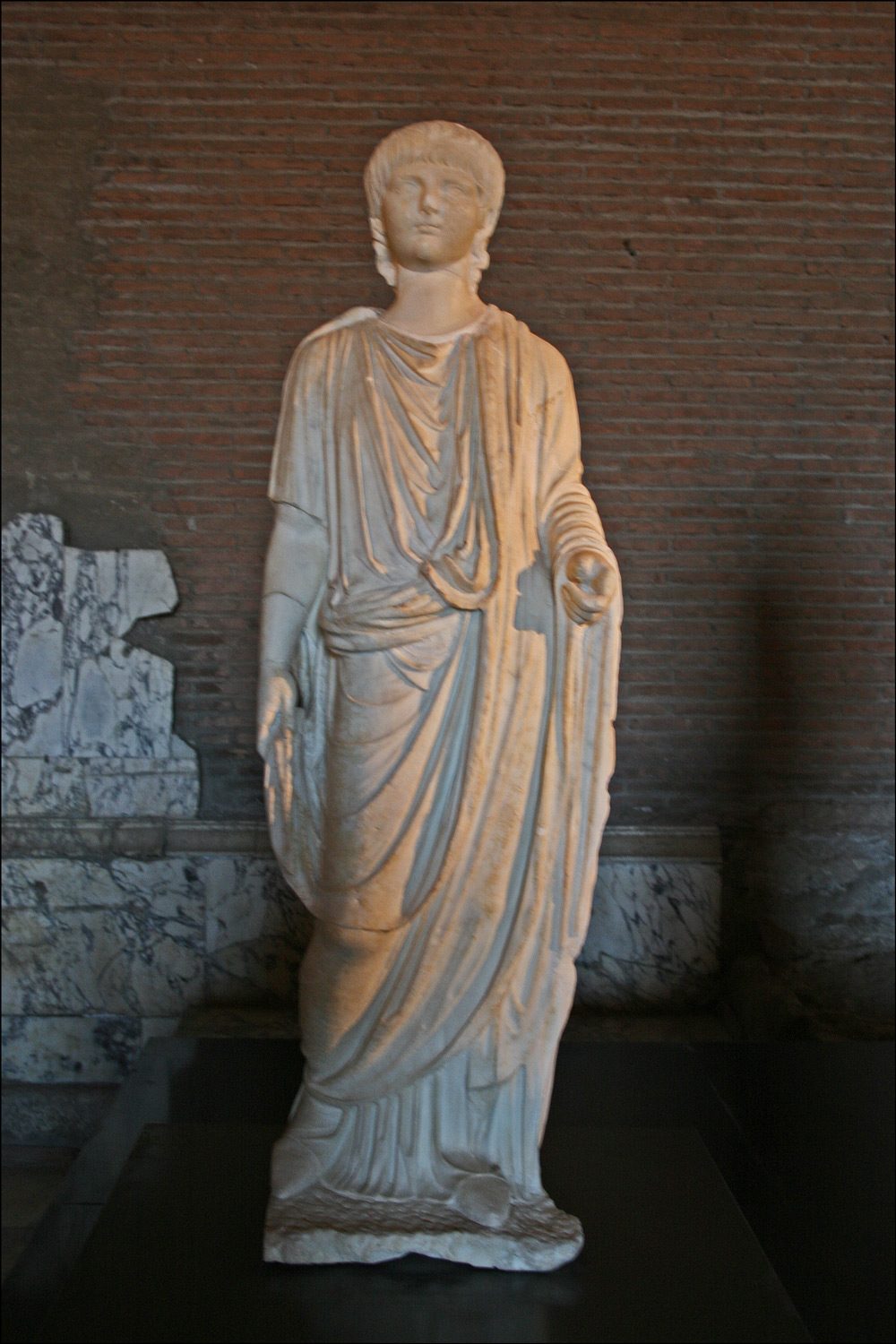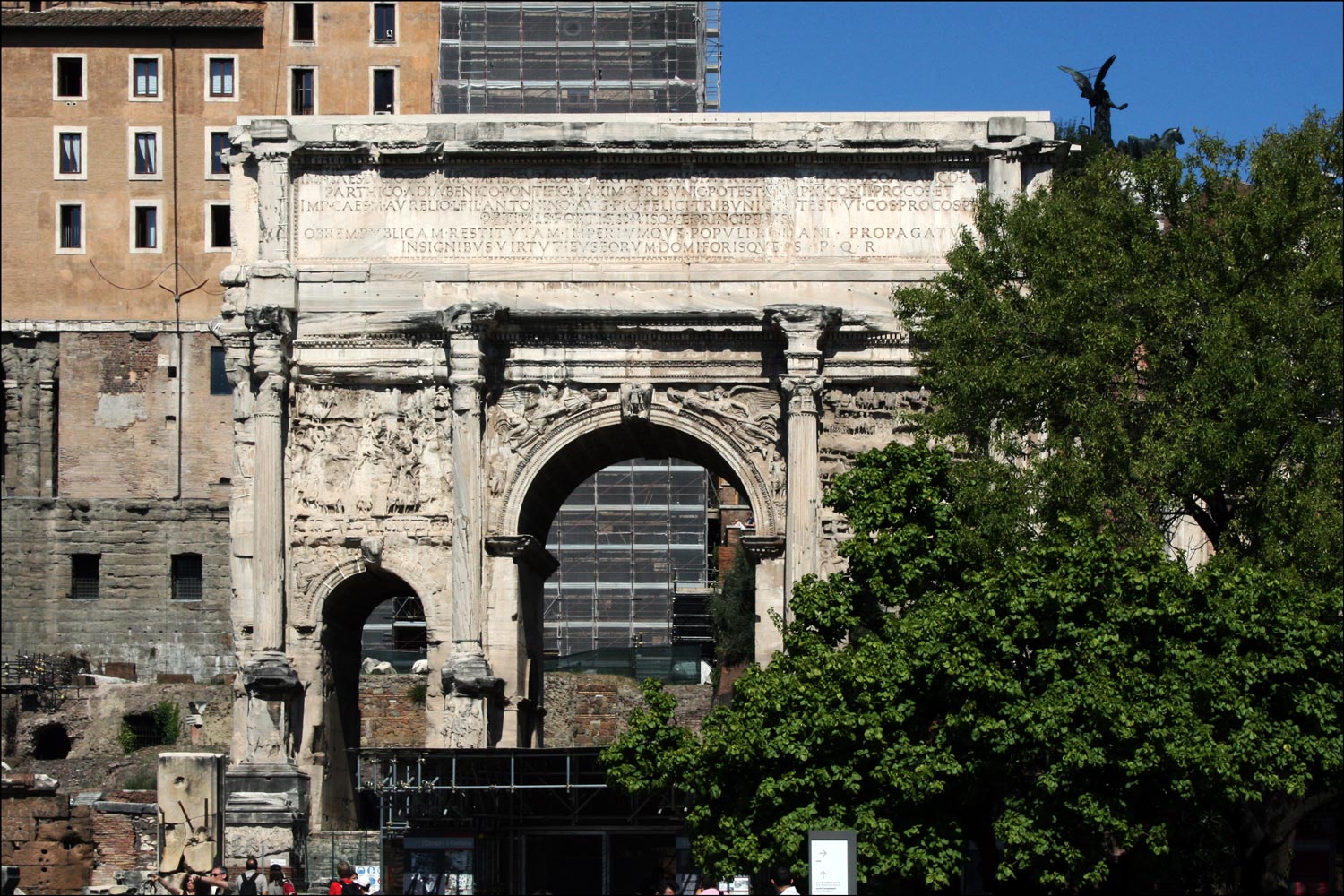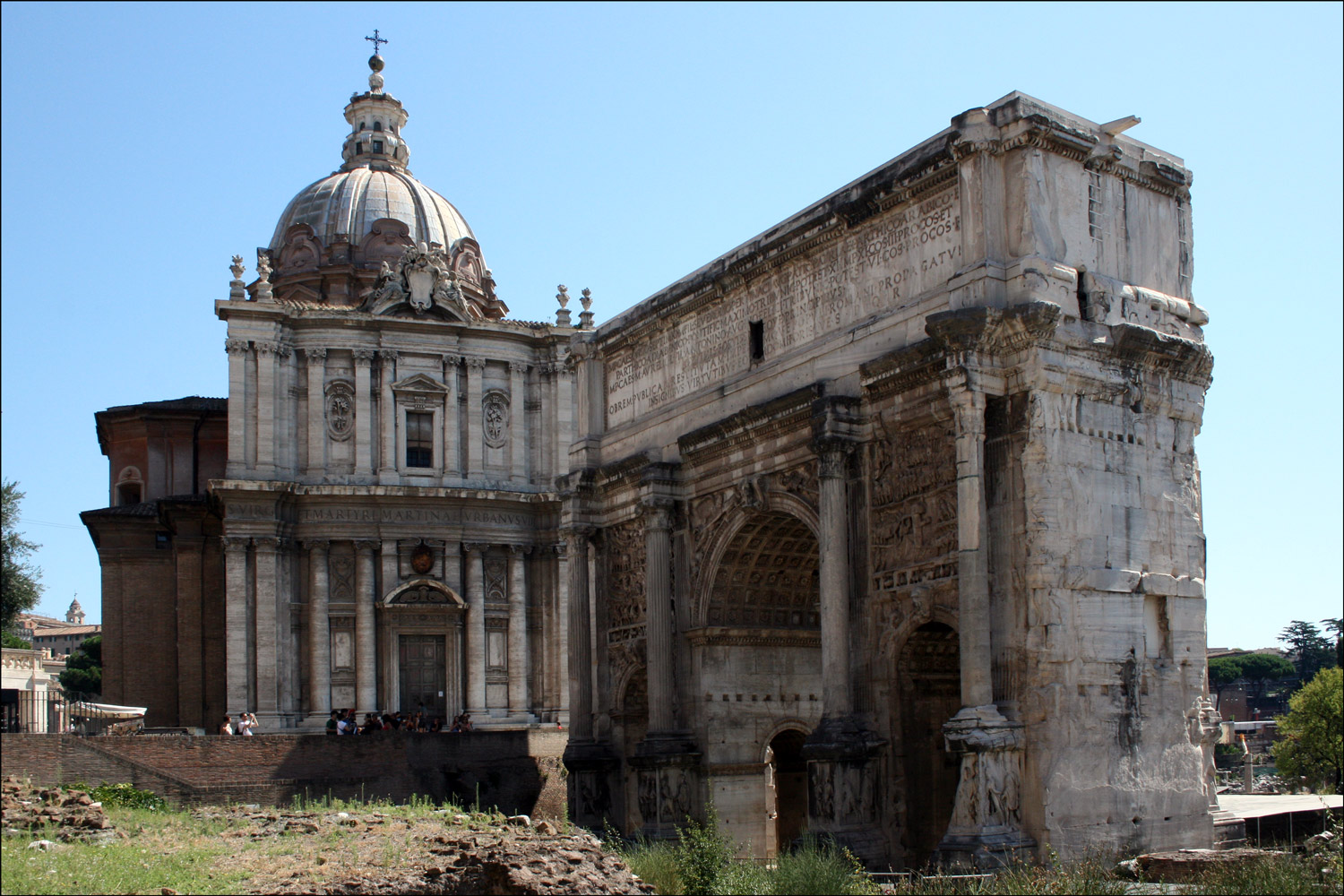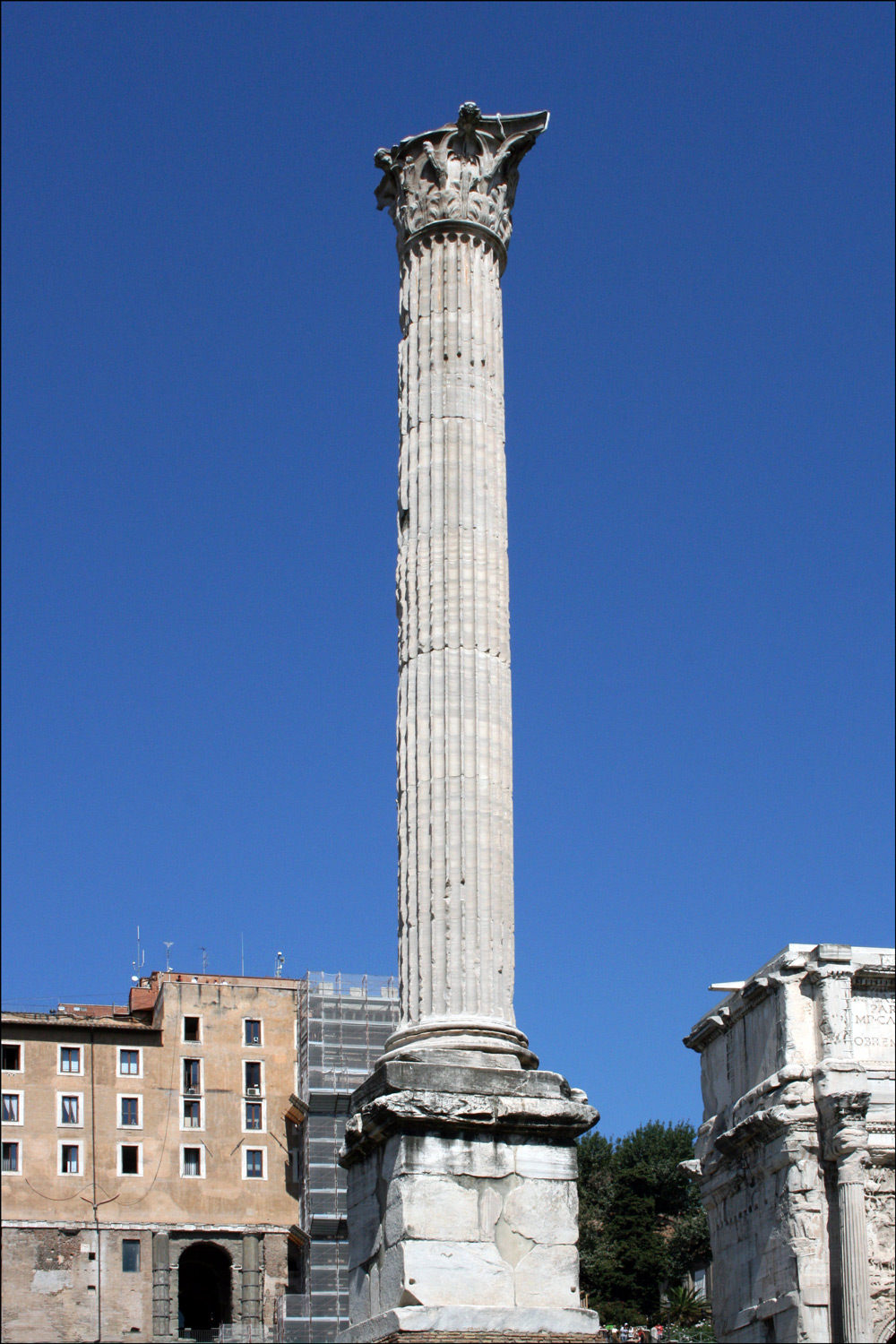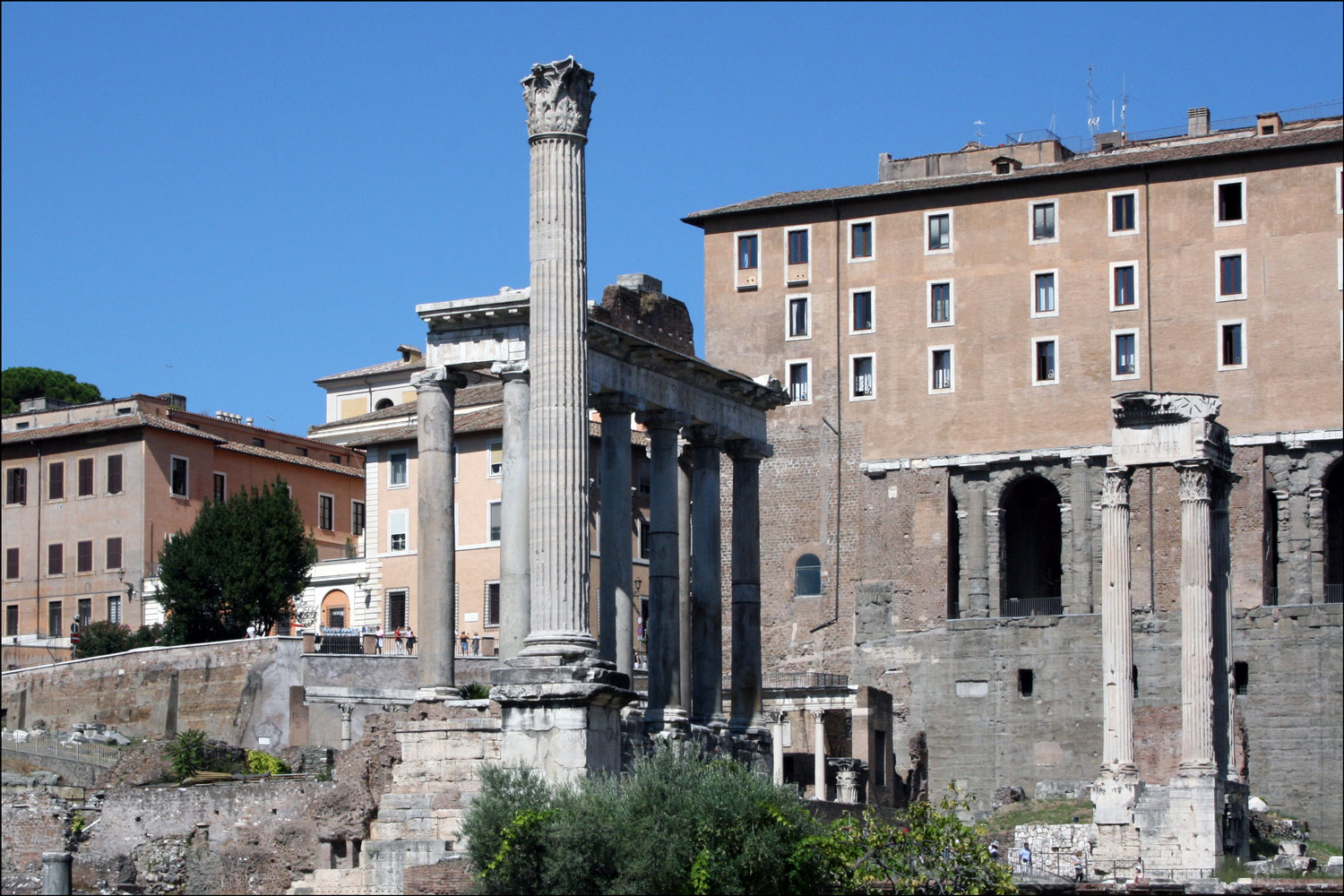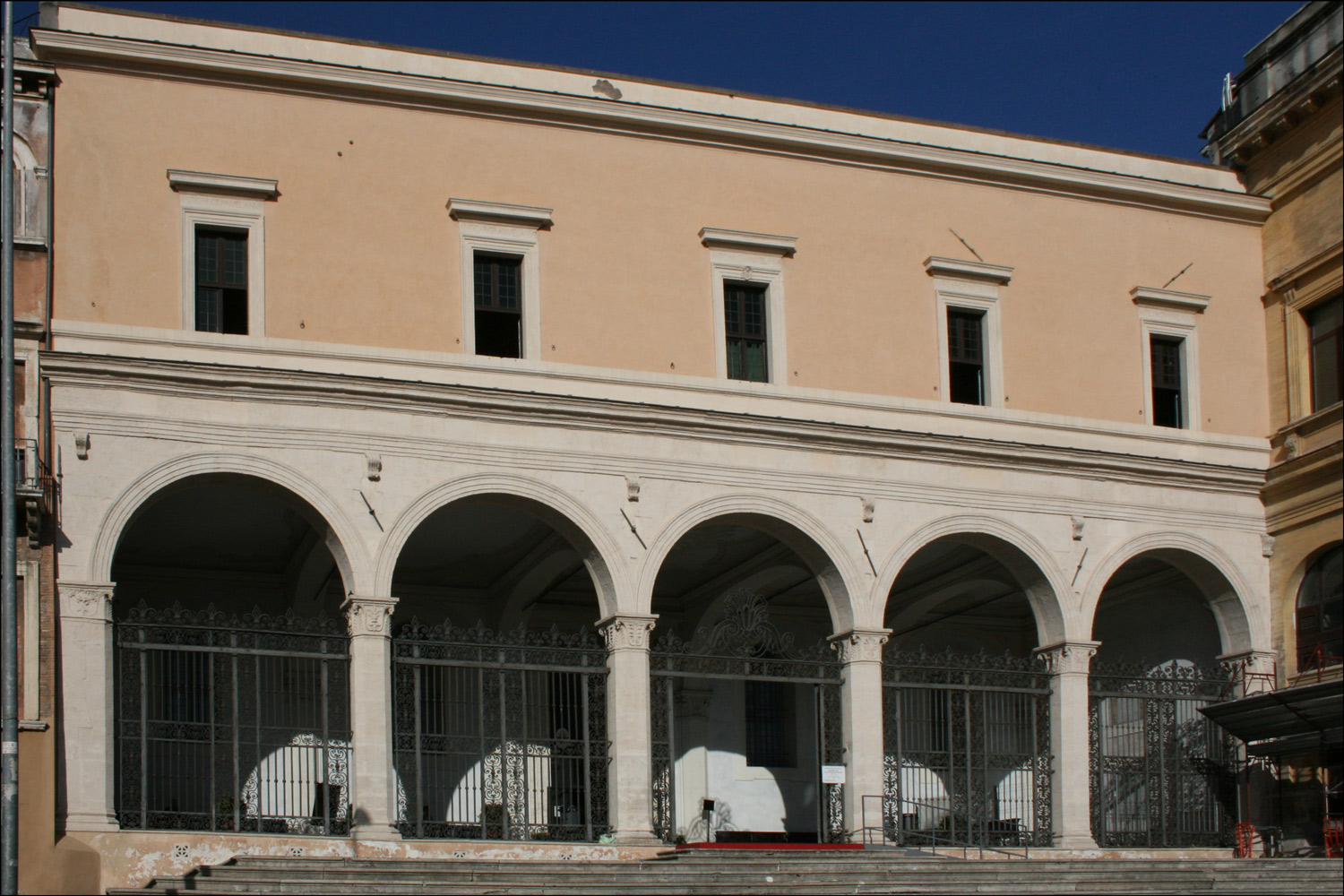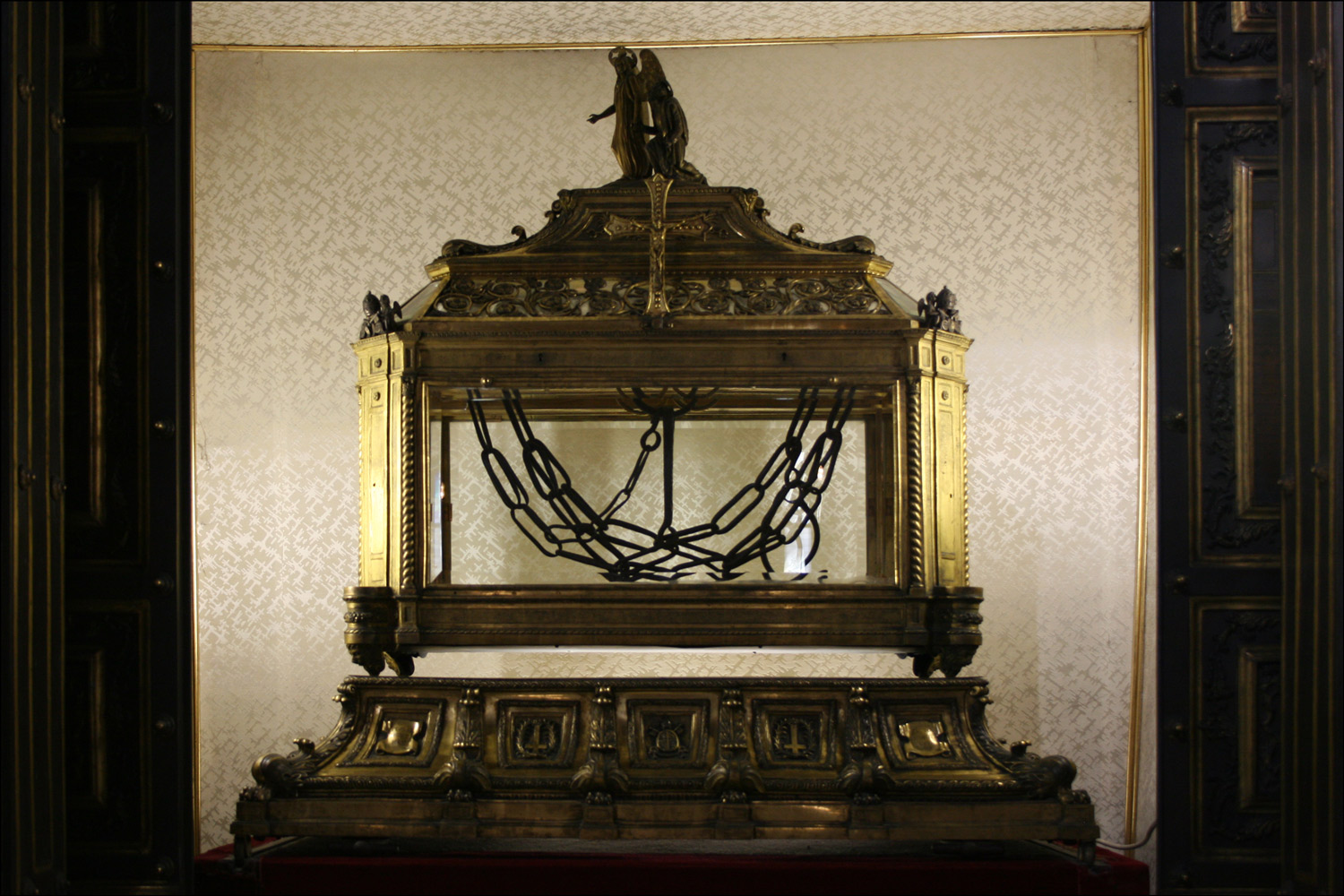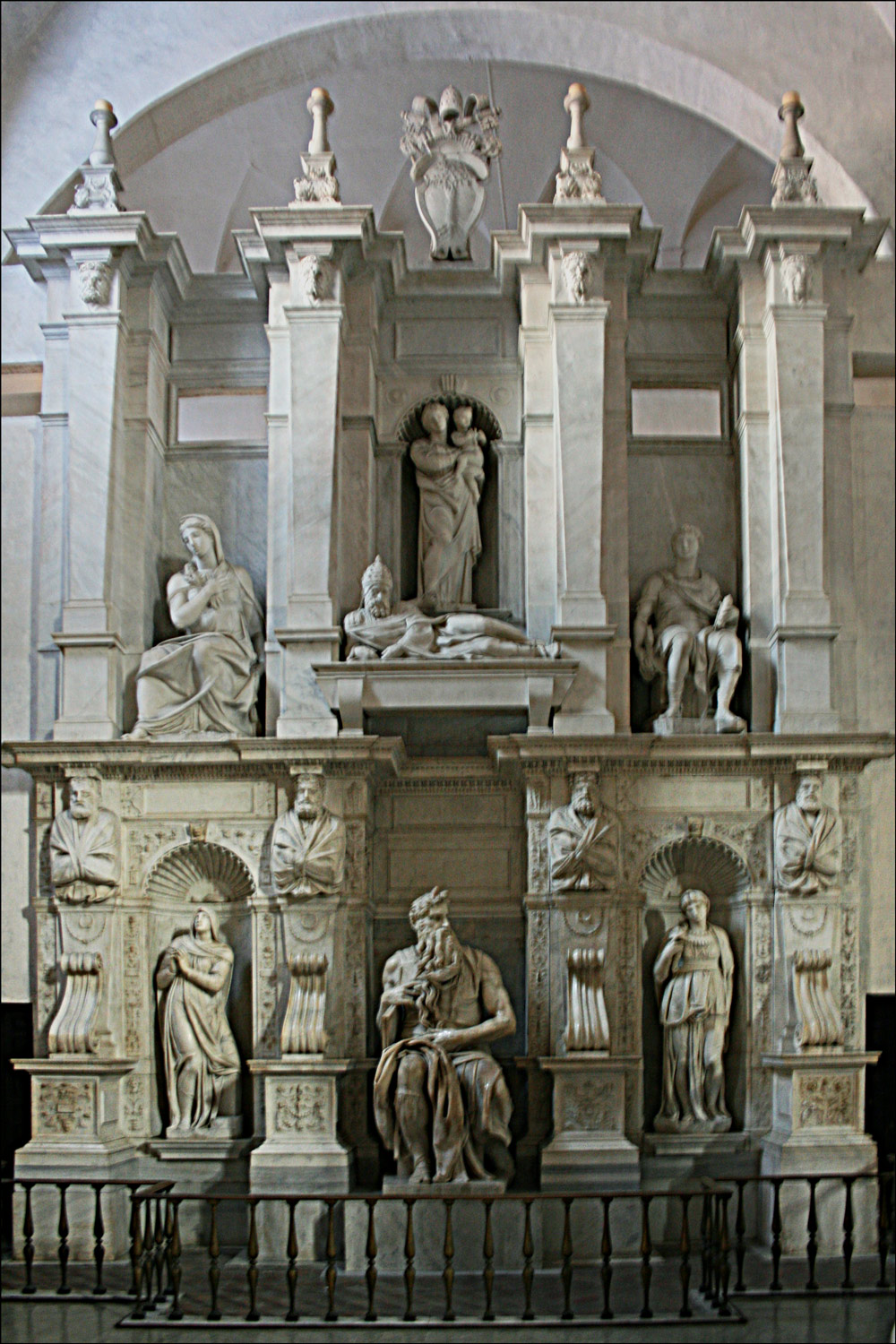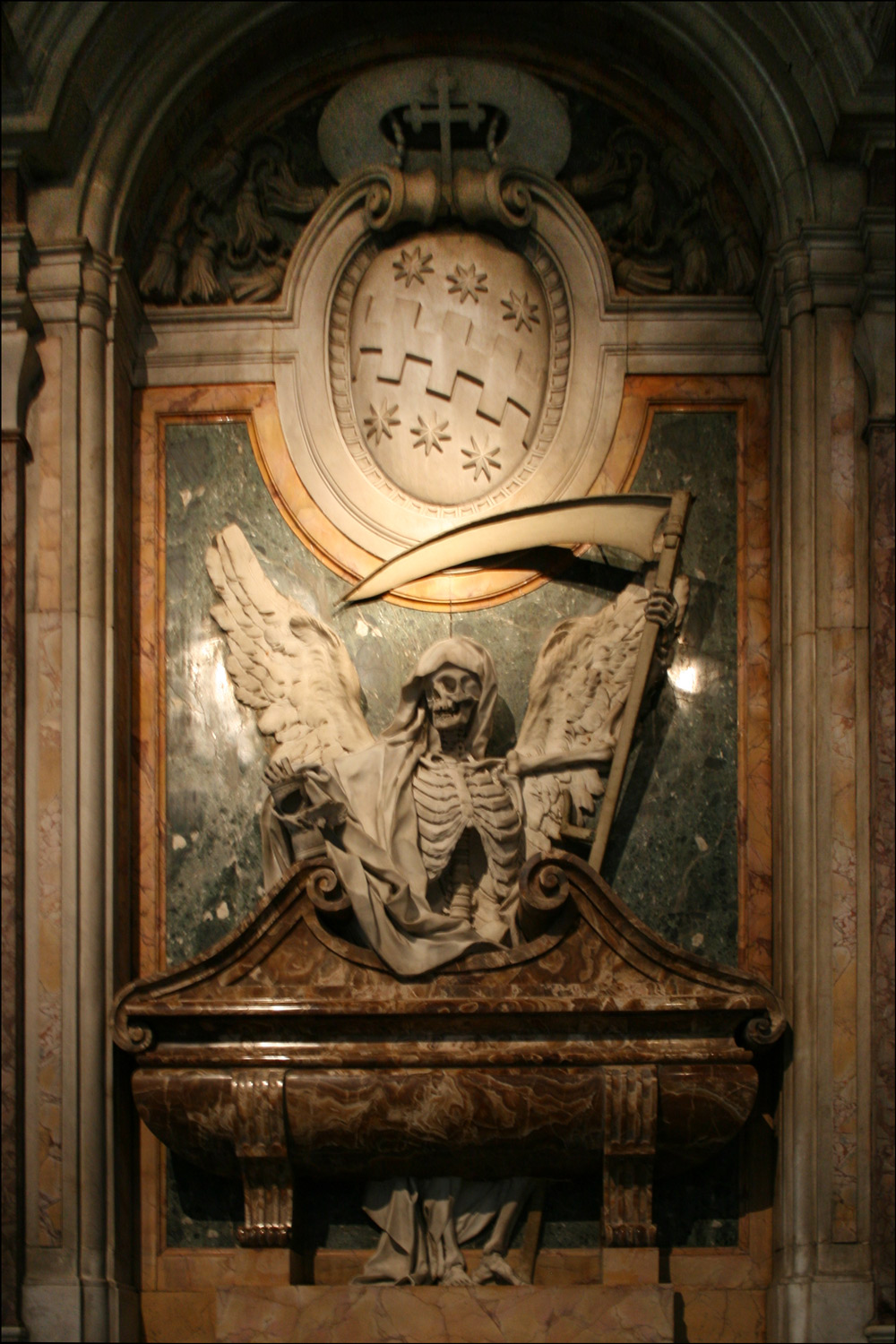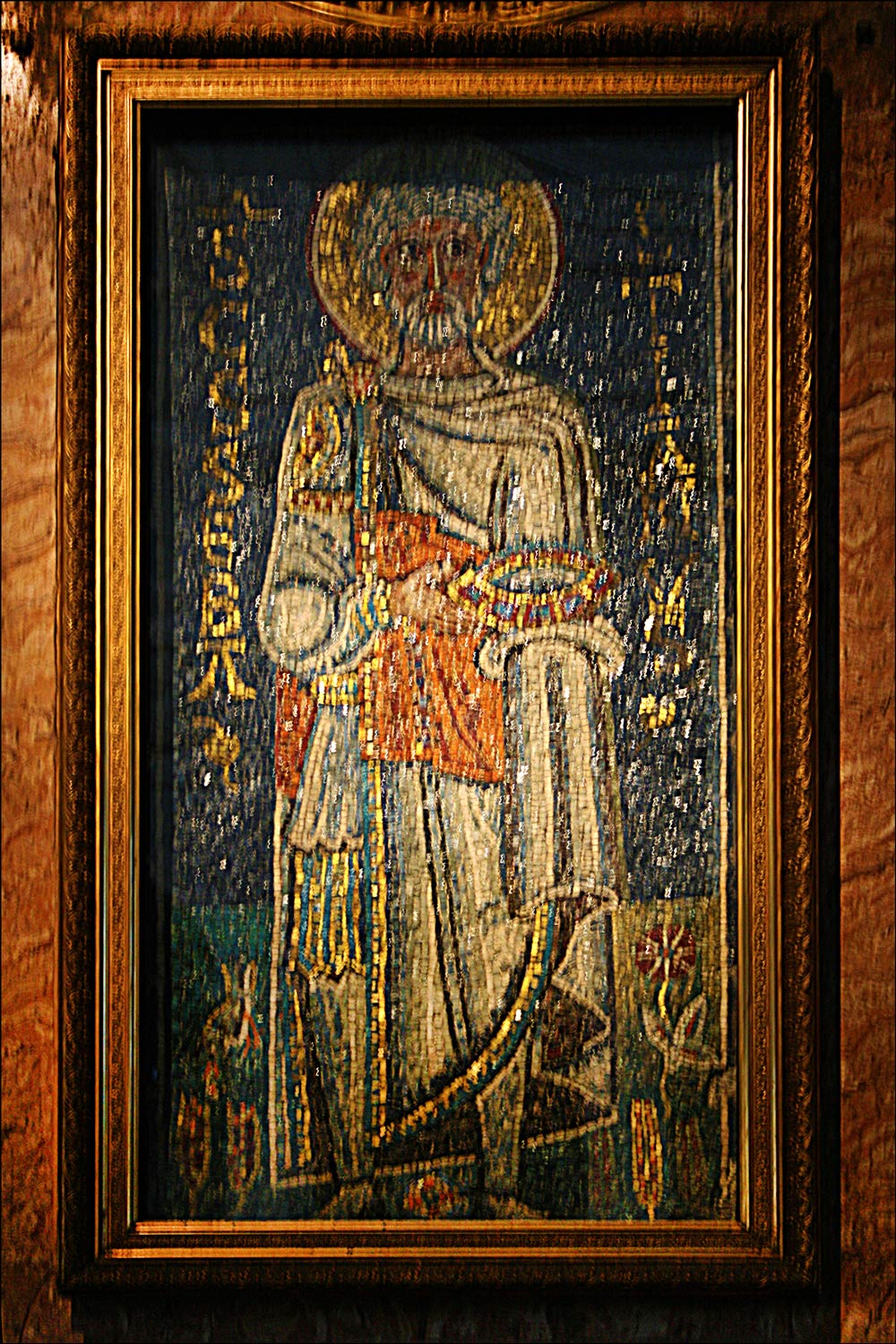As I prepared to leave the Roman Forum, the final sights I photographed were the Basilica of Maxentius, a series of arches between the Temple of Romulus and the Basilica of Maxentius, the Church of Santa Francesca Romana, and a series of columns along the Via Sacra.
The Basilica of Maxentius was a public meeting place and was the largest building in the Roman Forum. Most of this building was destroyed, probably in the earthquake of 847 AD. A series of arches runs along near the Basilica of Maxentius, the function of which I have not been able to discover. Walking toward the Arch of Titus, I passed the Church of Santa Francesca Romana, dedicated to Saint Frances of Rome who, incidentally, is the patron saint of automobile drivers. Finally, exiting the Forum through the Arch of Titus along the Via Sacra, I passed a series of columns and approached the Colosseum.
With that, my Mediterranean vacation was nearly over. I spent one final night in Rome and then left for the airport and home.
Basilica of Maxentius
SOURCE: Basilica of Maxentius (Rome, Lazio, Italy); photographed by Stephen J. Danko on 13 August 2011.
Arches near the Basilica of Maxentius
SOURCE: Arches near the Basilica of Maxentius (Rome, Lazio, Italy); photographed by Stephen J. Danko on 13 August 2011.
Church of Santa Francesca Romana
SOURCE: Church of Santa Francesca Romana (Rome, Lazio, Italy); photographed by Stephen J. Danko on 13 August 2011.
Leaving the Forum along the Via Sacra
SOURCE: Leaving the Forum along the Via Sacra (Rome, Lazio, Italy); photographed by Stephen J. Danko on 13 August 2011.
Copyright © 2011 by Stephen J. Danko

